Table of contents
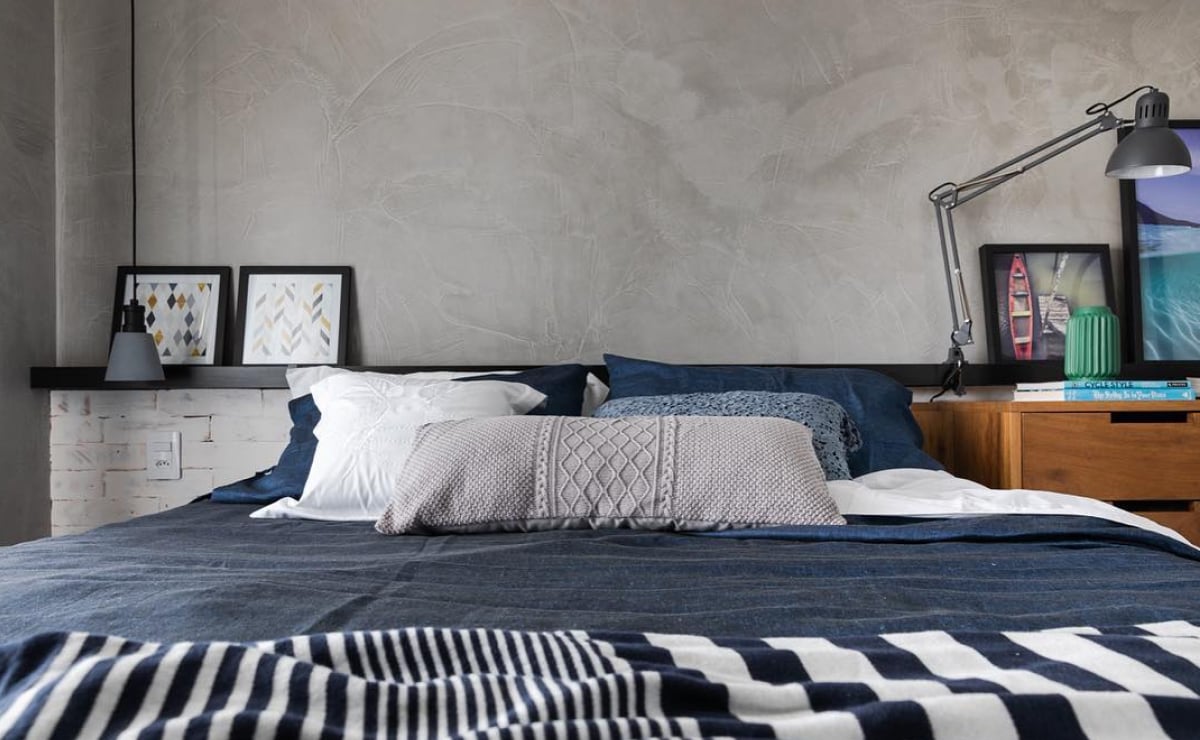
Textured walls are a good way to enhance both the internal spaces and the external part of the house. Their use is a very practical and durable alternative for decoration. In addition, they have a wide variety of colors and styles that ensure beautiful aesthetic effects for living rooms, bedrooms, balconies, or any other environment.
See_also: Crochet for Beginners: Foolproof tips to learn without fearFor those looking for a practical and interesting way to transform their home, check out several environments with the use of textures, learn about the main types, and learn how to apply the technique correctly to personalize your home without fear of making a mistake.
80 textured walls for you to get inspired
Textured walls present different effects of scratches, stains, and undulations that add charm and sophistication to any environment, see ideas for changing the look of the house:
1. burnt cement effect is one of the most used
Textured walls for living rooms are a way to personalize the space
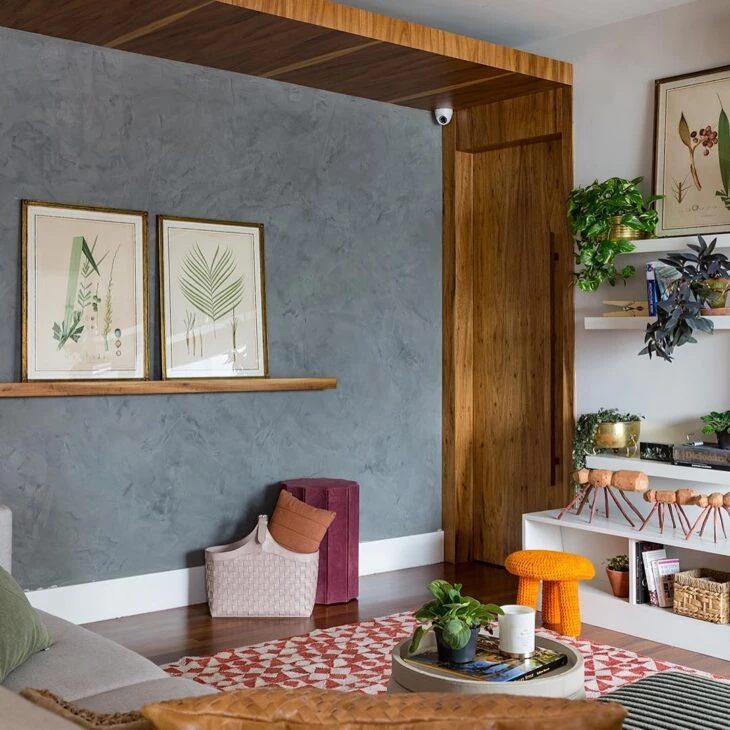
3. and also a way to make the environment more attractive
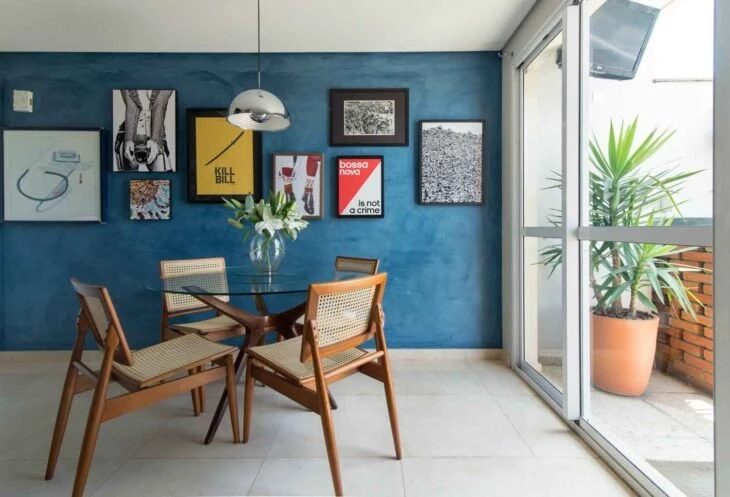
4. use your creativity when choosing yours
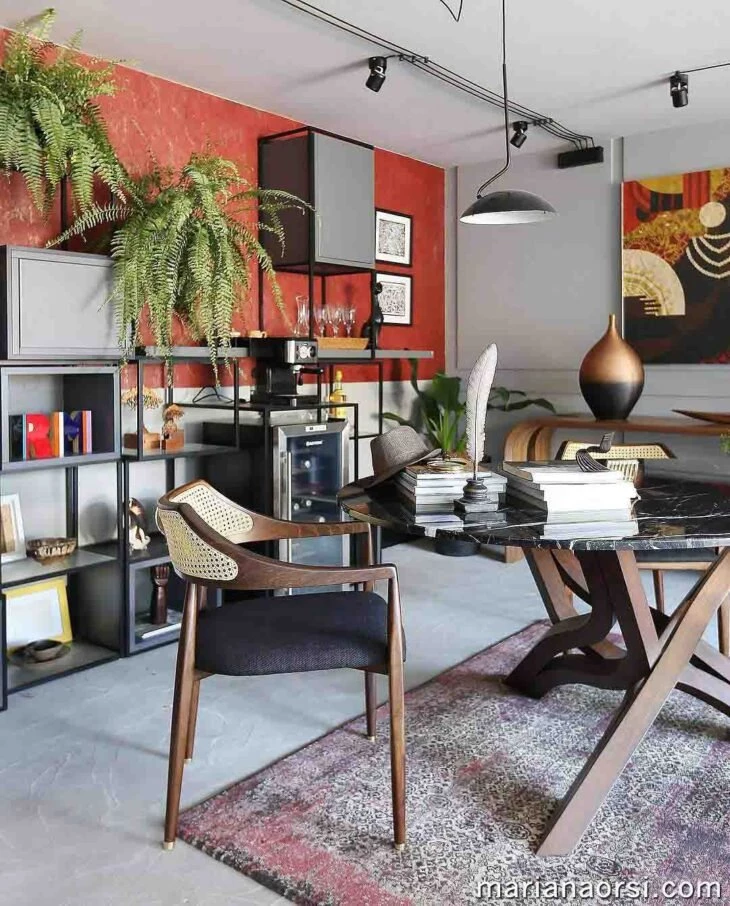
5. an excellent option for exterior walls
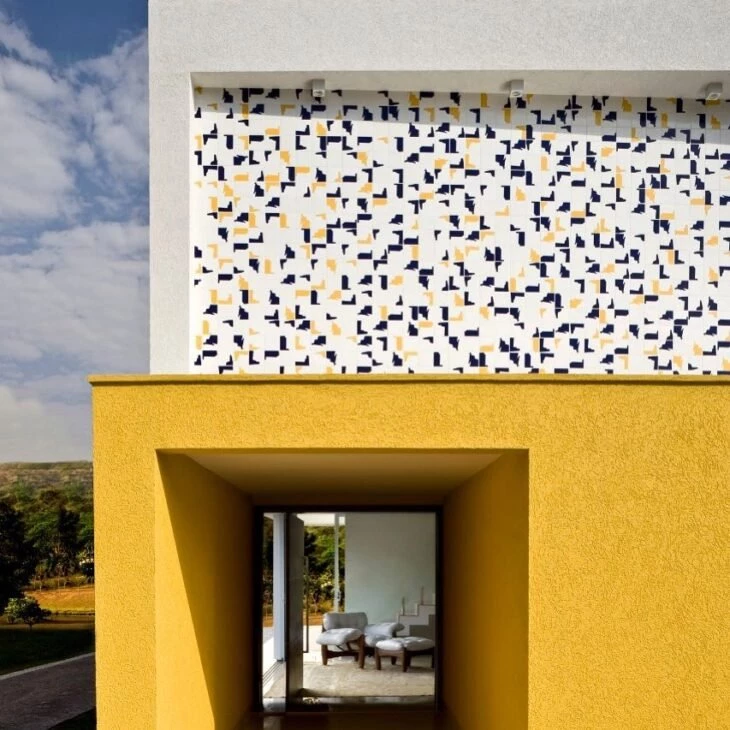
6. add some charm to the decoration of the room
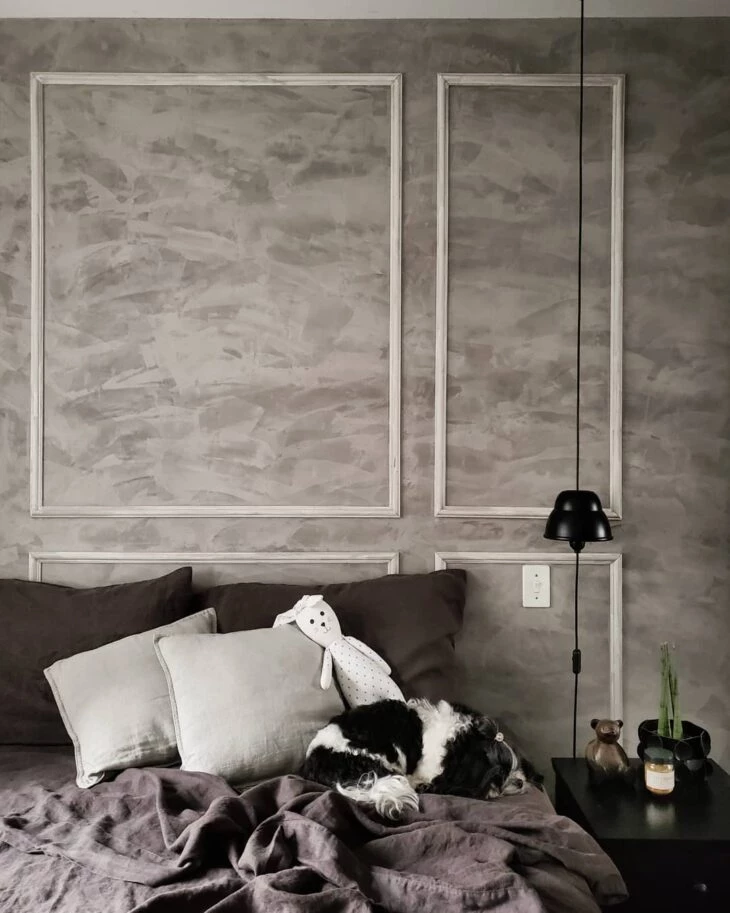
7. graffiti wall texture is one of the most popular
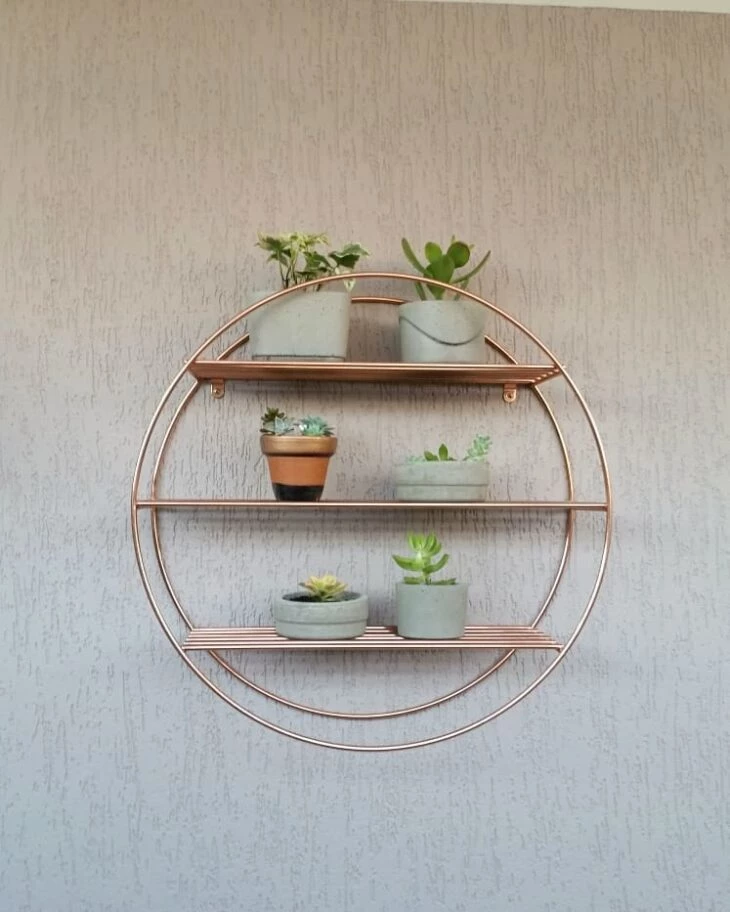
8. pink marbled effect for a delicate room
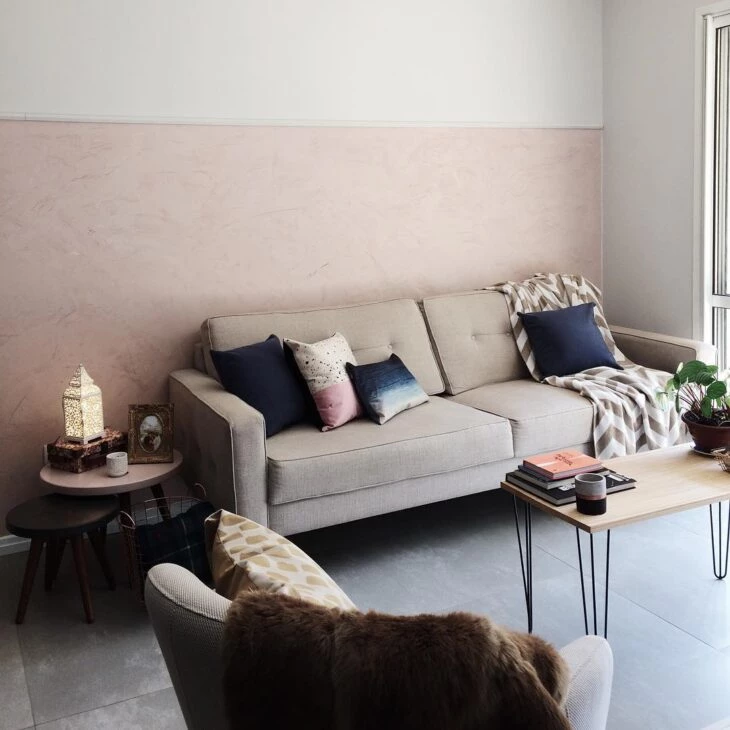
9. explore the use of this technique for a rustic decoration
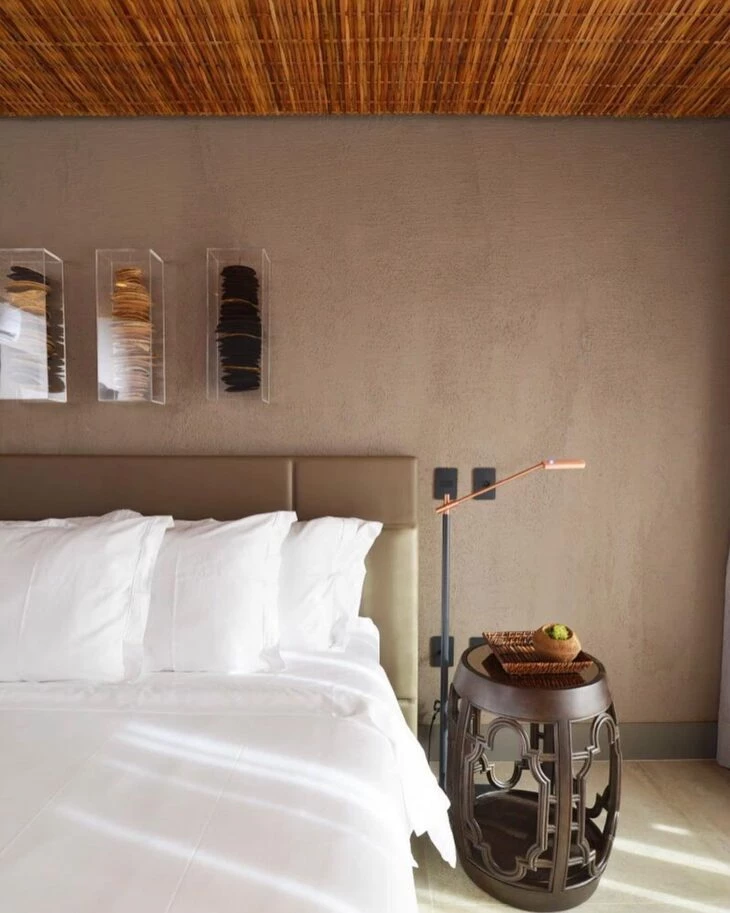
10. decorate and correct imperfections in the garden walls
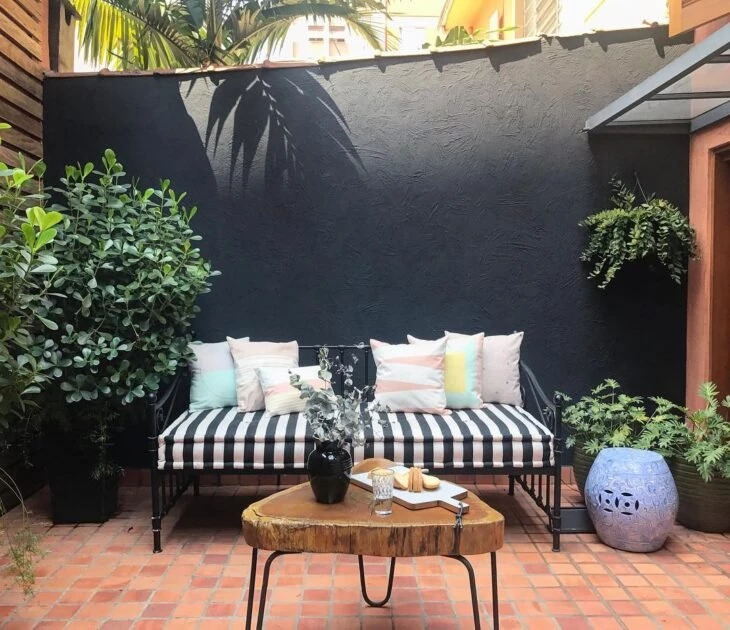
11. easily transform any room at home
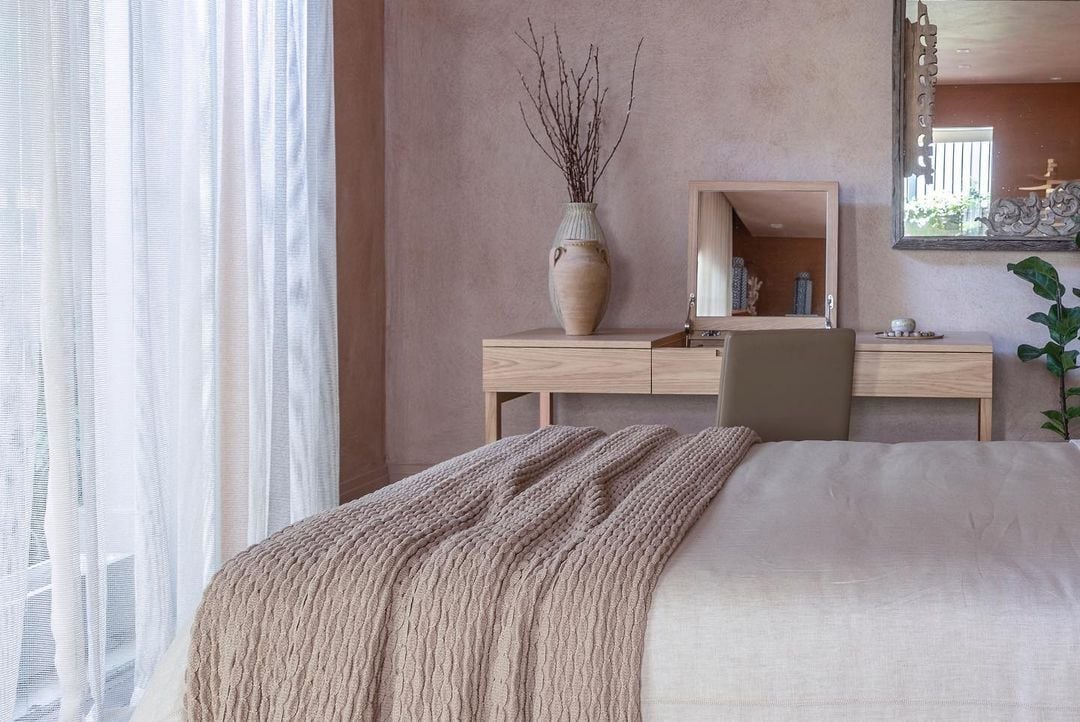
12. guarantee a modern decoration with wall texture in the TV room
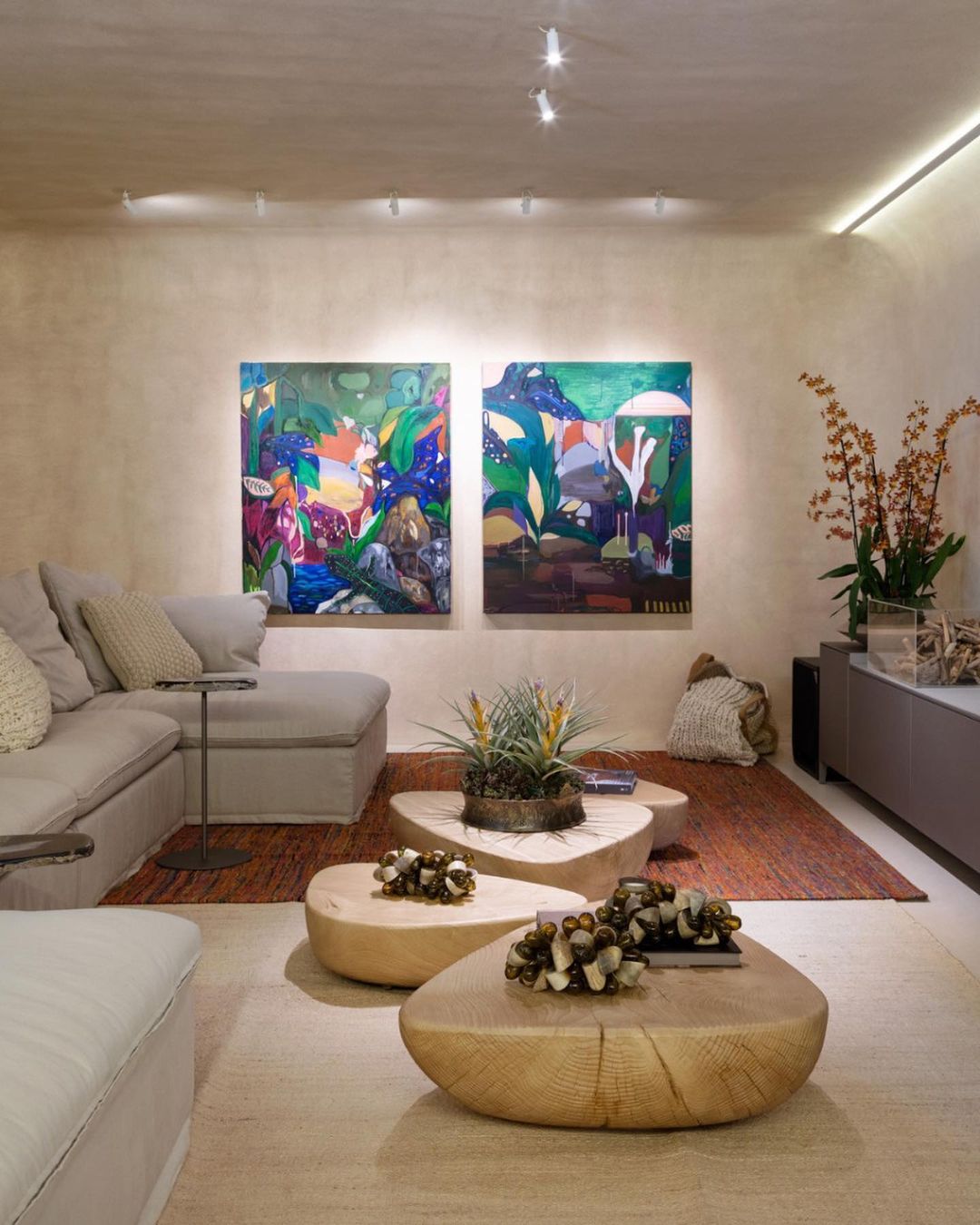
13. enhance the external area with its use on the walls
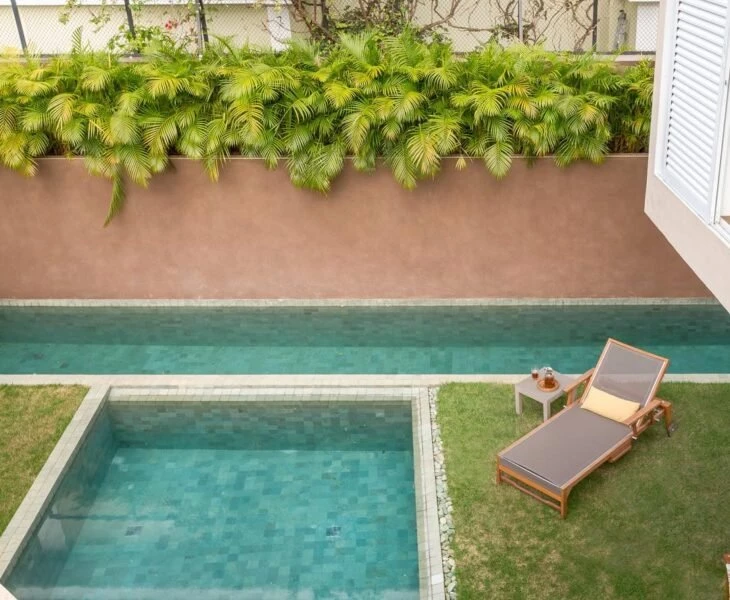
14. a versatile alternative for integrated environments
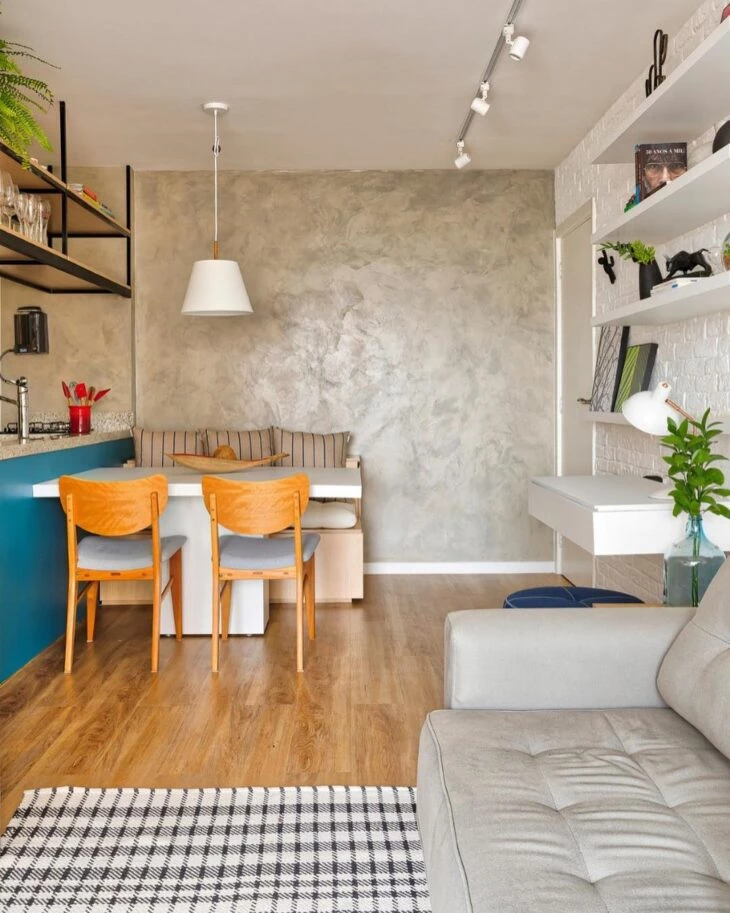
15. get out of the plain and create sophisticated compositions
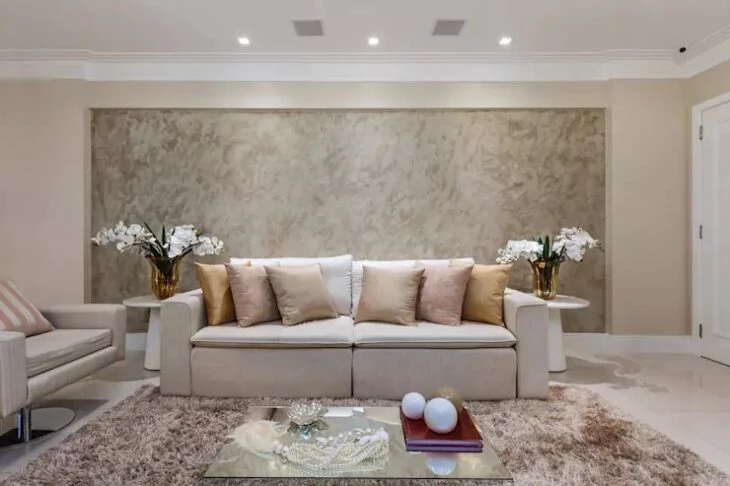
16. to make the balcony even cozier
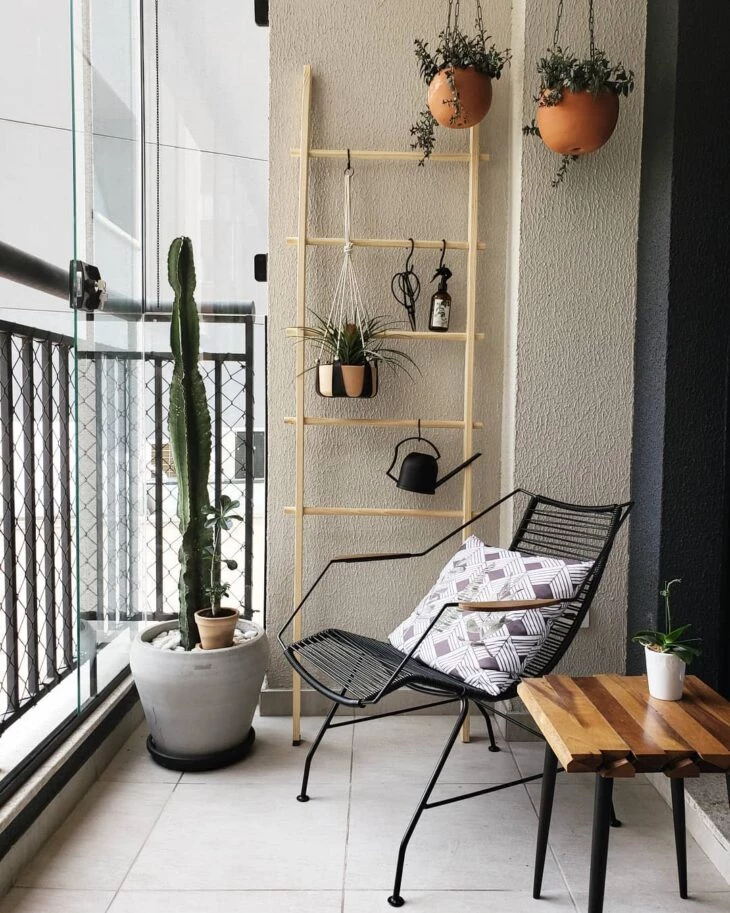
17. amazing and modern effect for a dream room
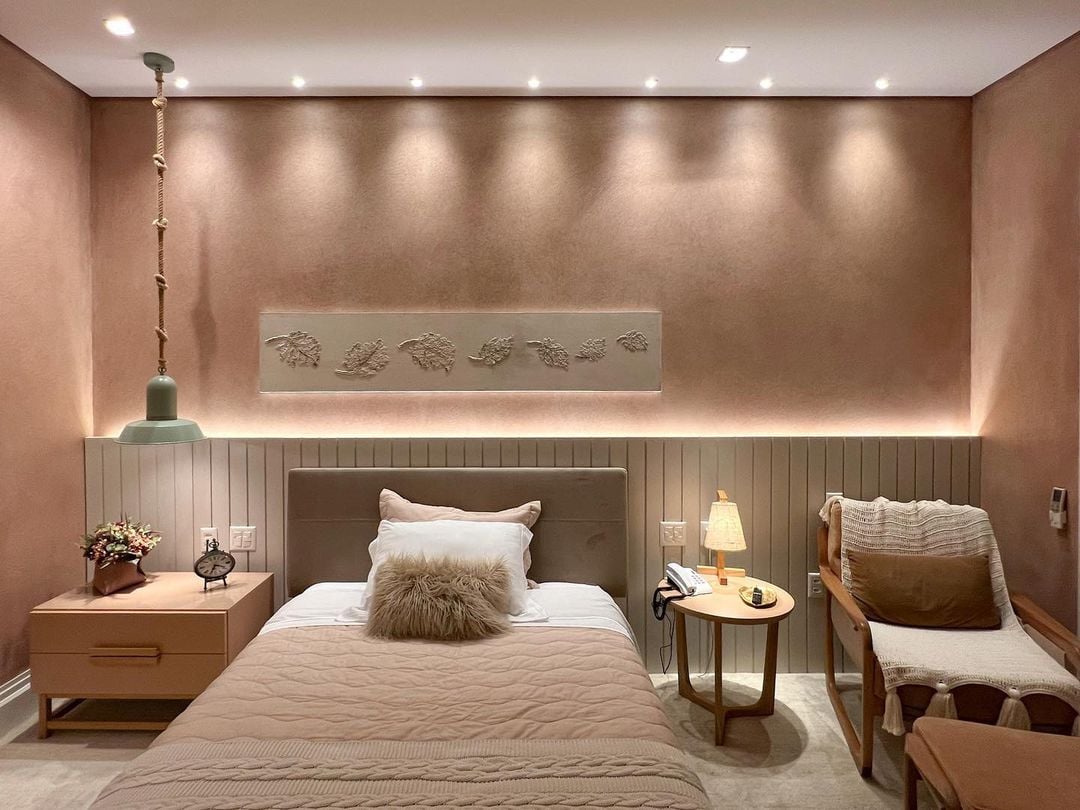
18. textured walls are a simple way to innovate in decoration
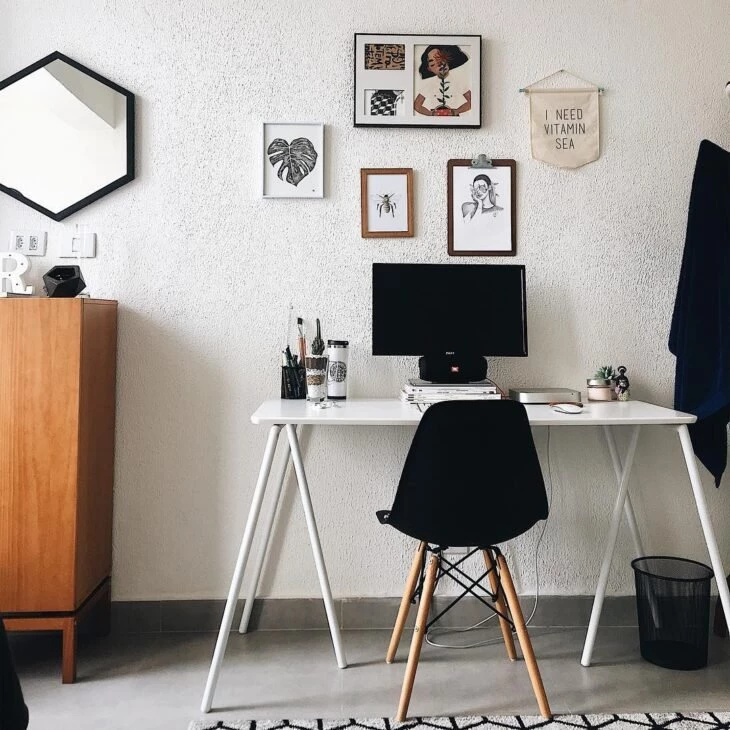
19. they can also enhance volumes and beautify the facade
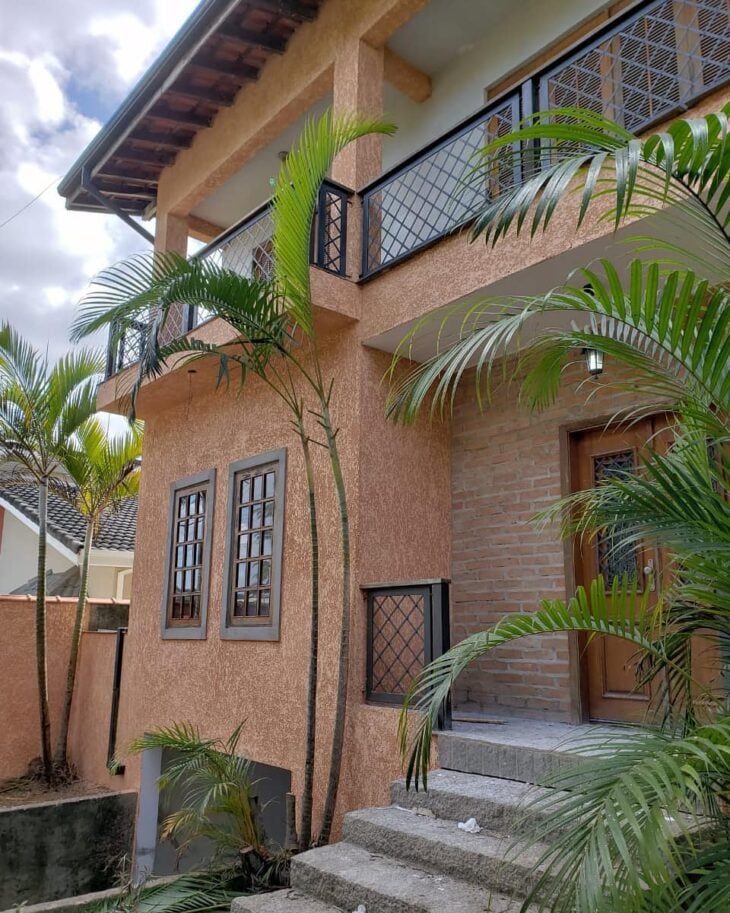
20. ideal to compose an environment with industrial style

21. a durable and resistant option for covering exterior walls
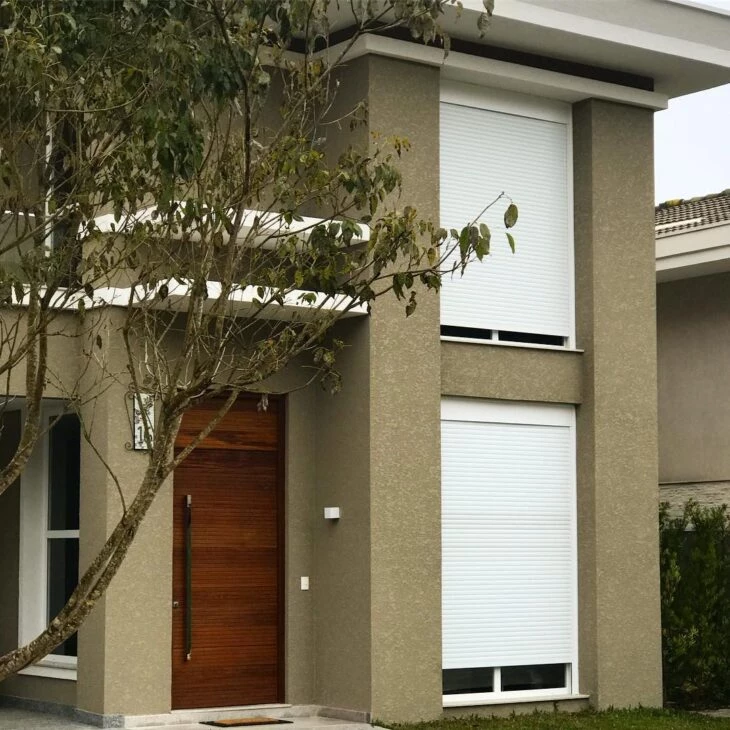
22. make the gourmet space more attractive and receptive
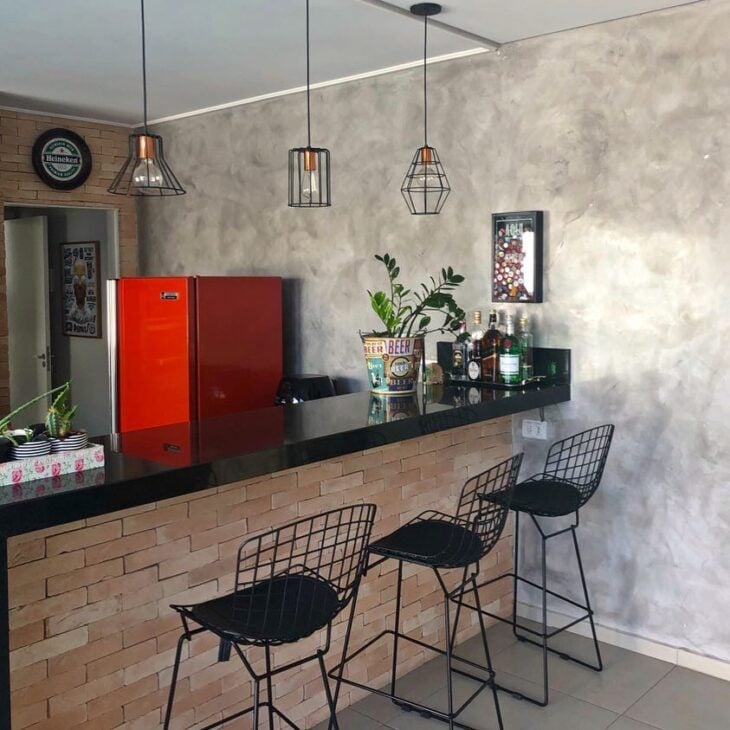
23. suede textured wall for an elegant living room
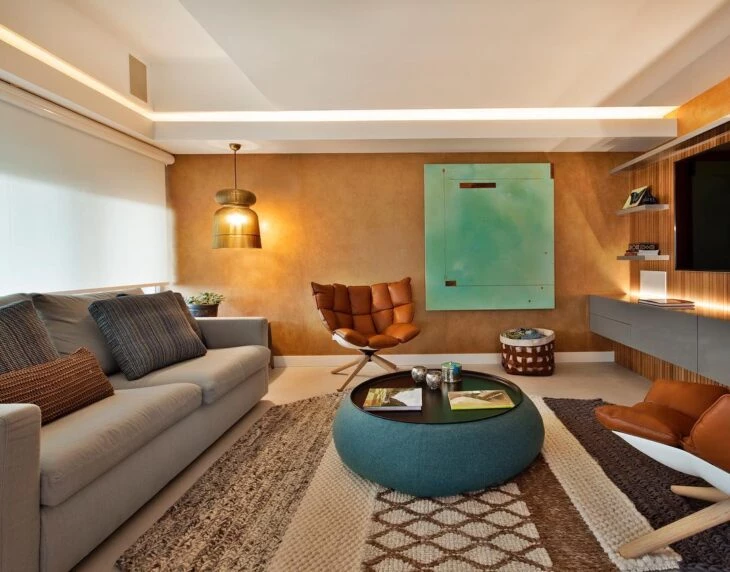
24. more variety and beauty to decorate the house
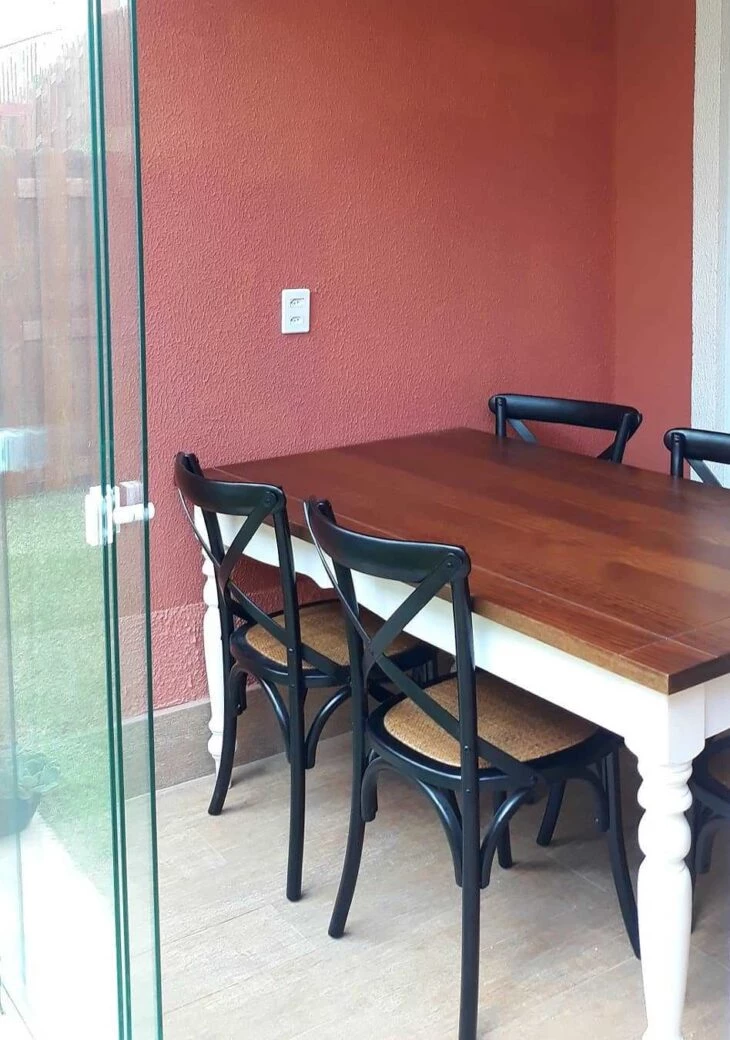
25. use a soft effect for a child's room
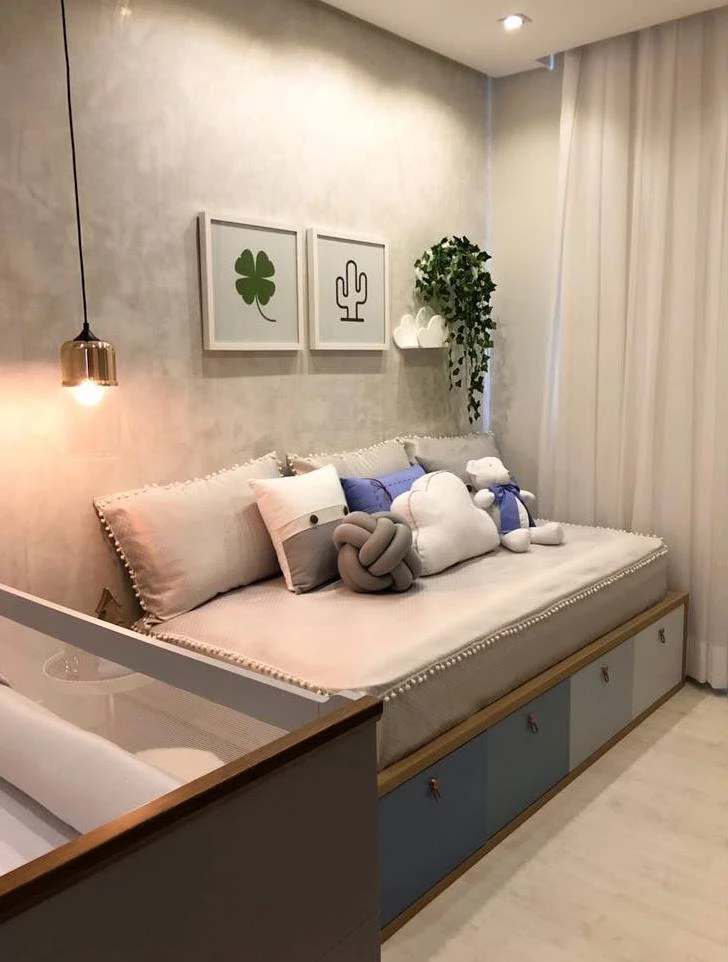
26. the effect on the wall accompanies the rusticity in the environment
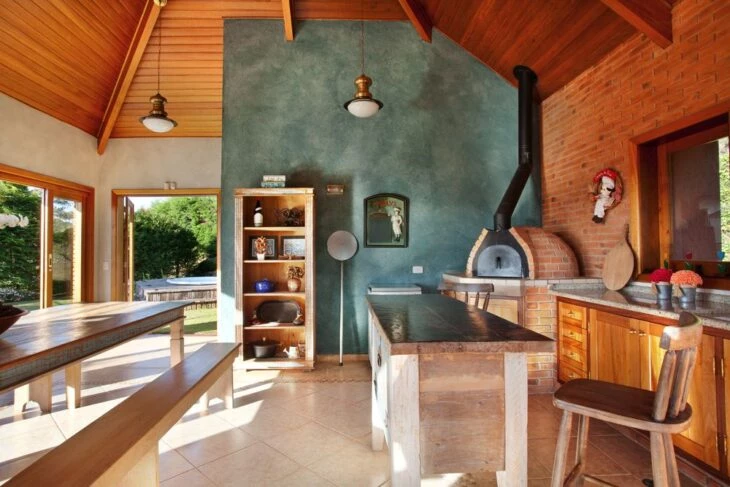
27. in black, the texture brings charm to the balcony

28. the burnt cement effect is sophisticated and beautiful
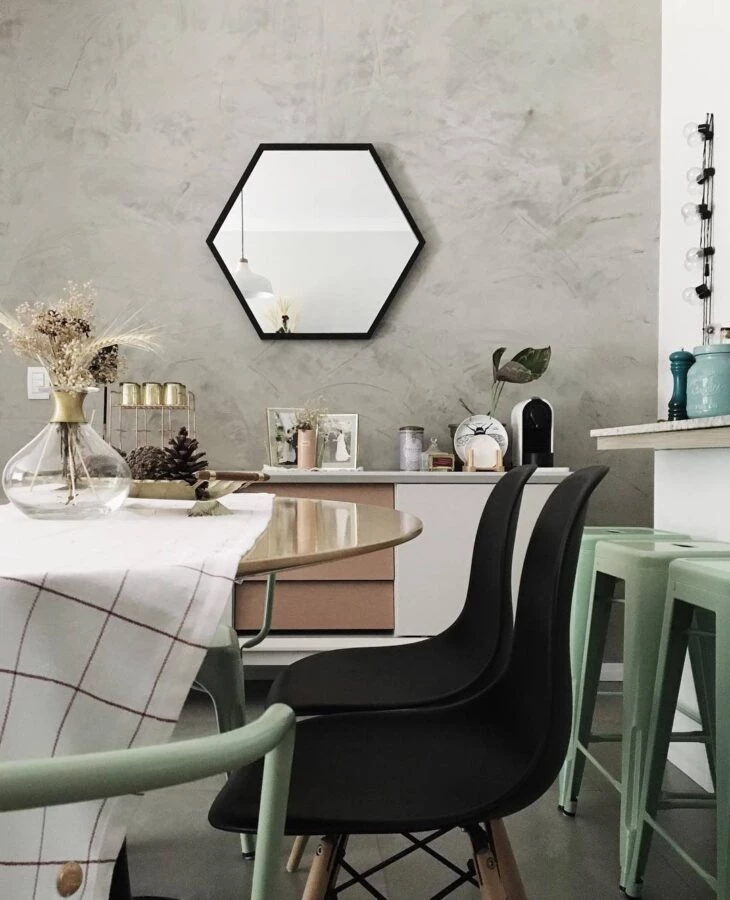
29. can bring a rustic and retro touch
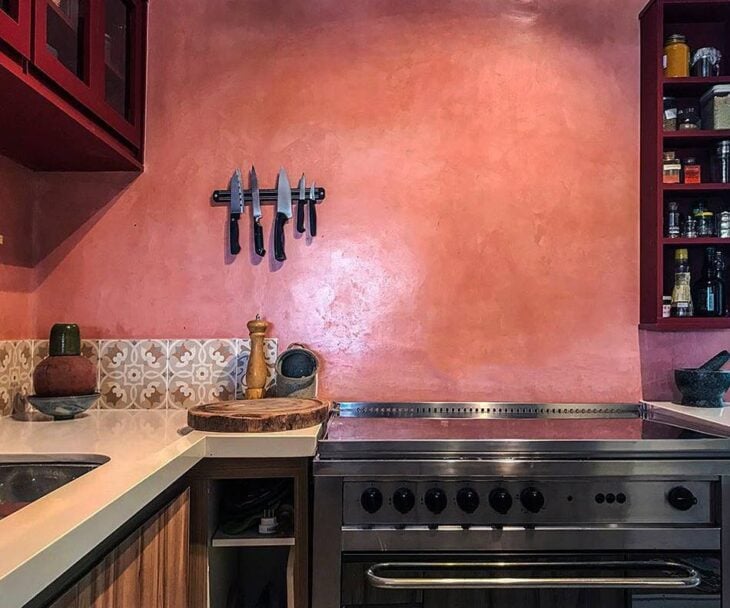
30. or complement a modern decor

31. texture also helps preserve the external walls

32. bet on neutral color effects for timeless environments
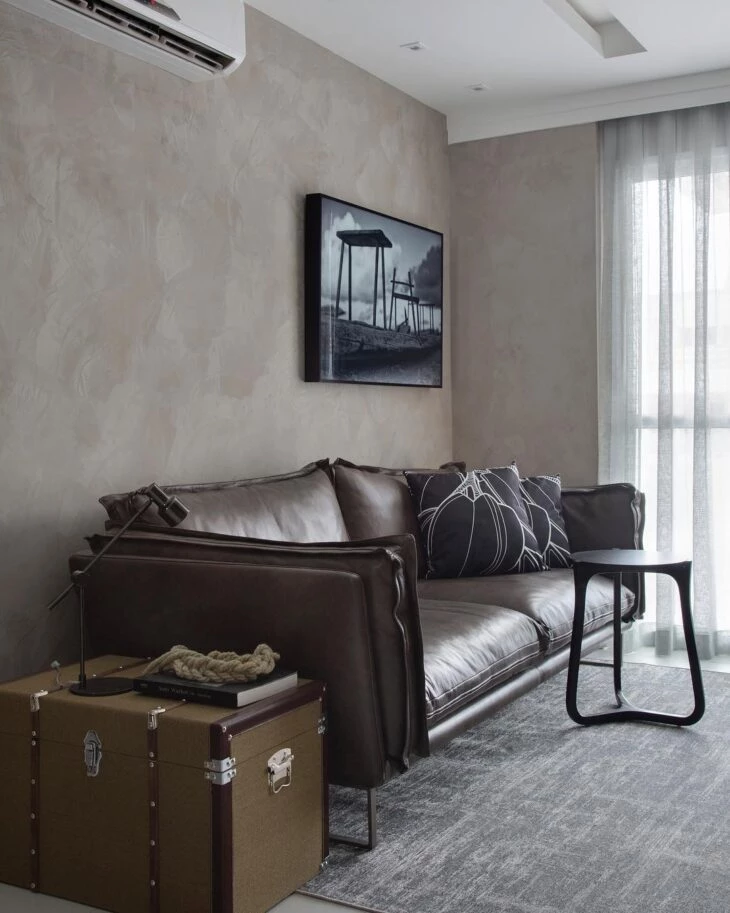
33 An economical and versatile coating option
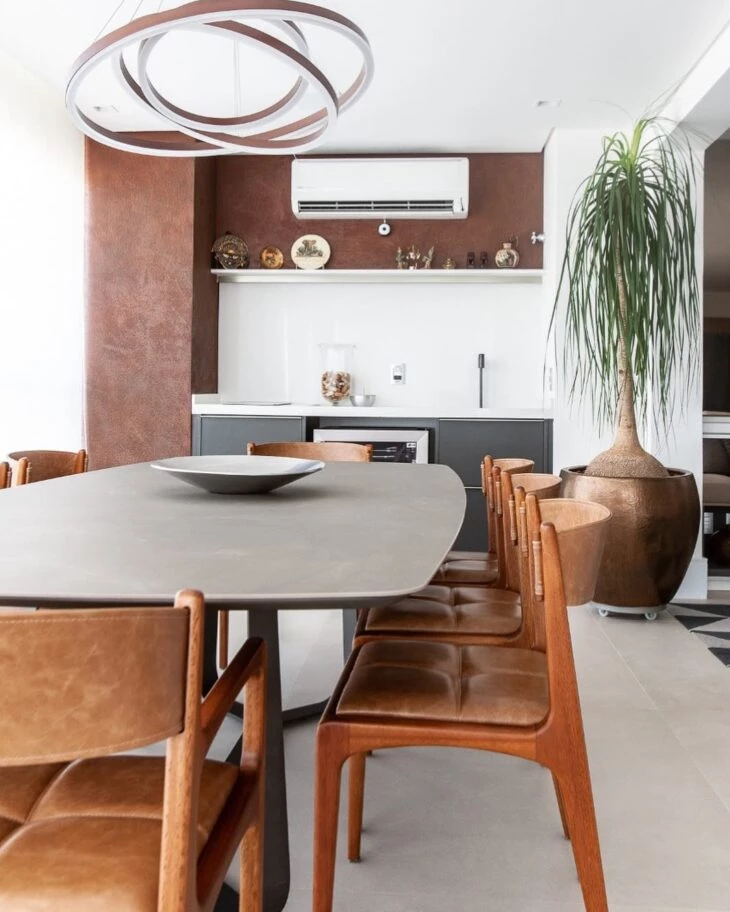
34. that looks great outdoors
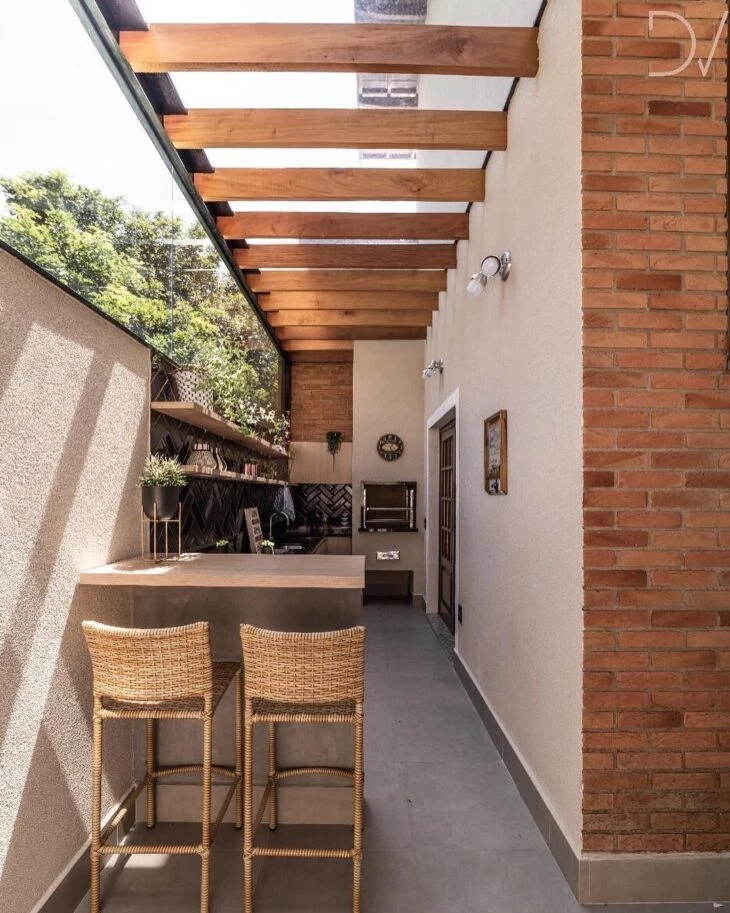
35. and also stands out in interior decoration
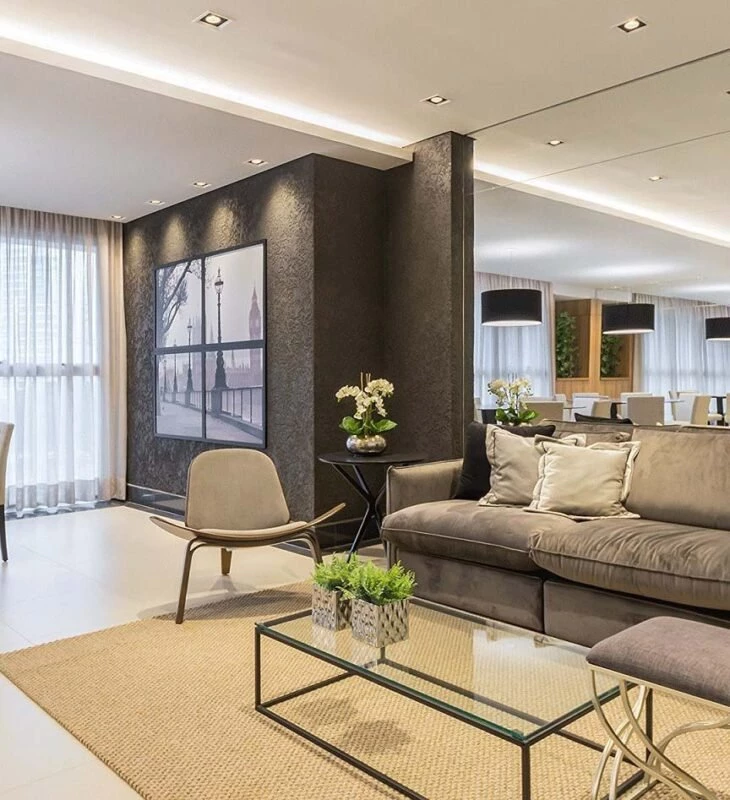
36. textured walls can be used in washrooms
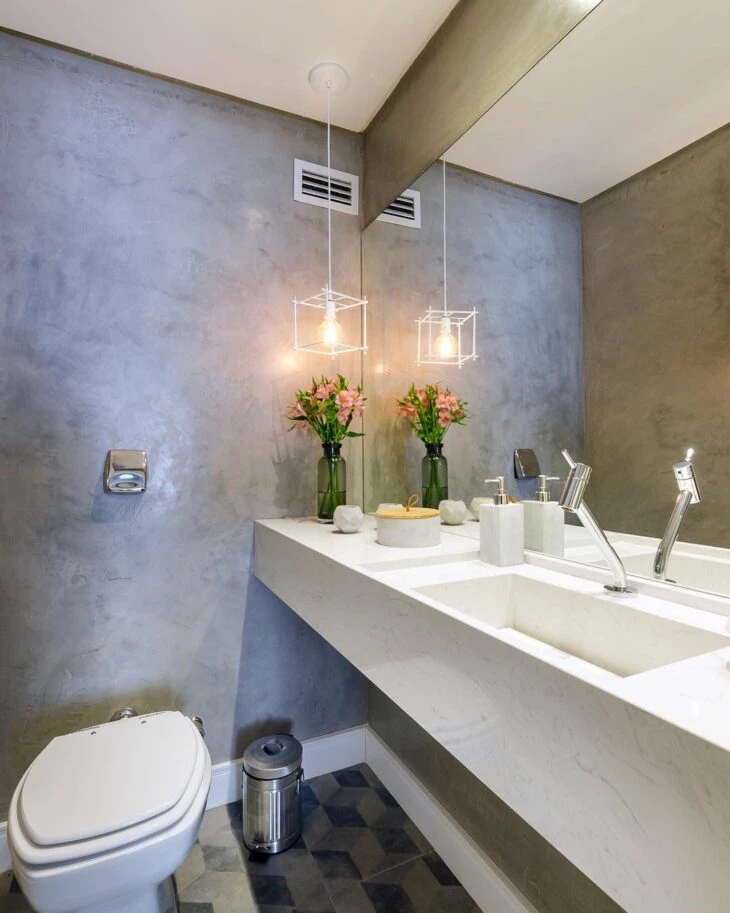
37. or to transform the look of a room
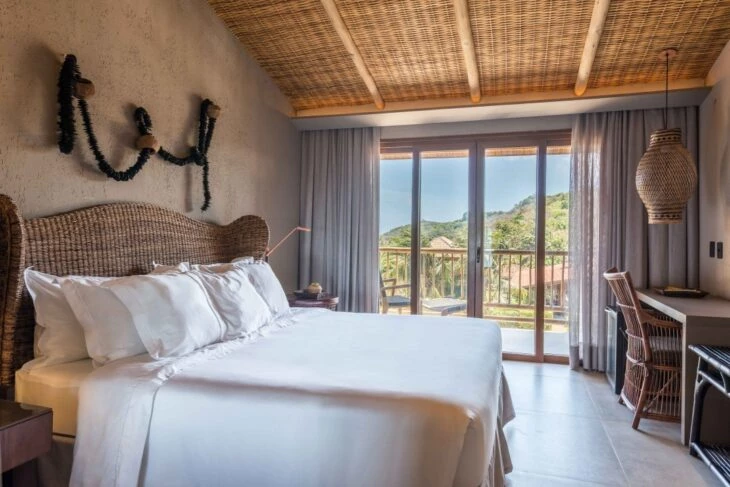
38 - Make the wall a prominent element in the environment
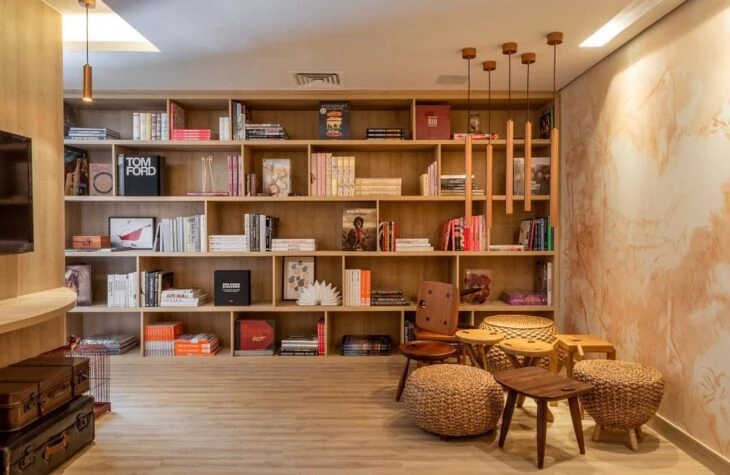
39. graffiti is a good choice for outdoor areas

40 In addition to aesthetics, it also protects walls against humidity
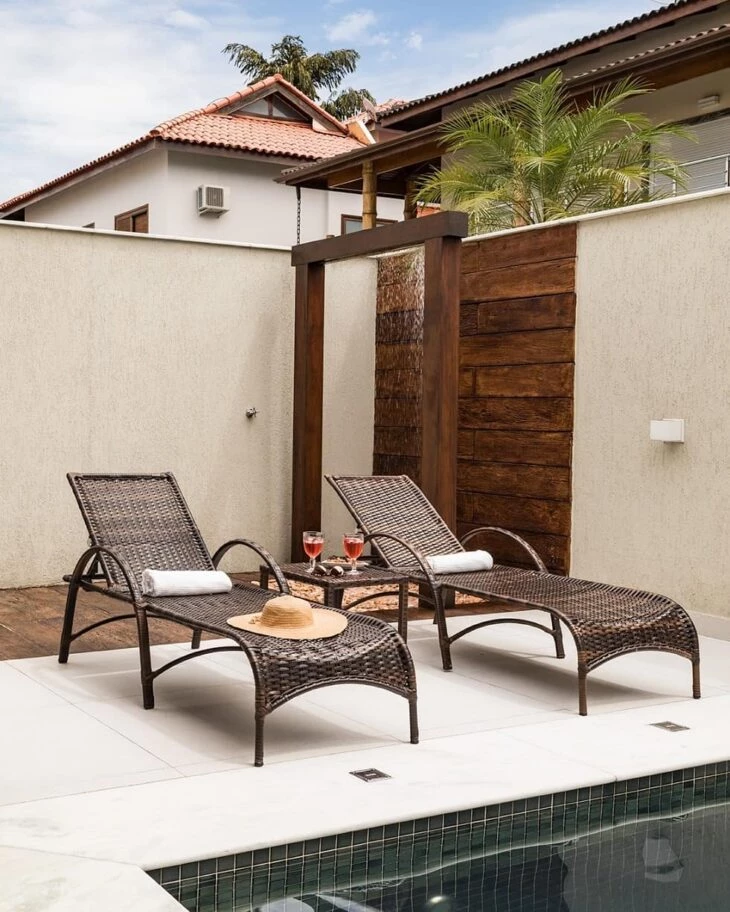
41. texture can set the tone for the composition of the environment
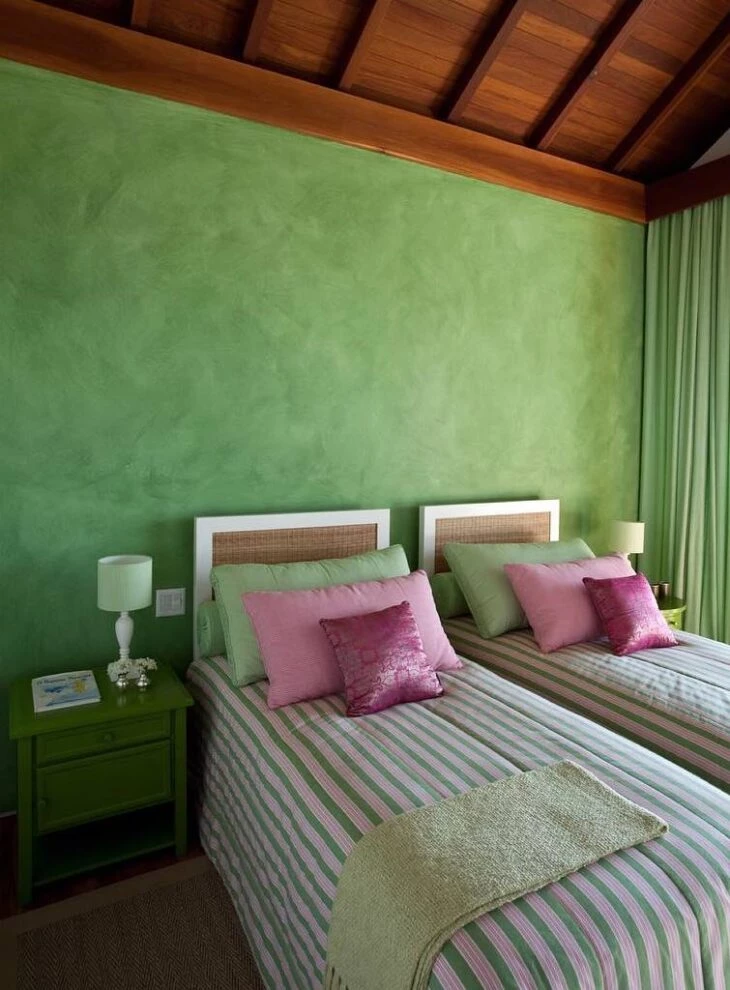
42. some options are soft and discreet
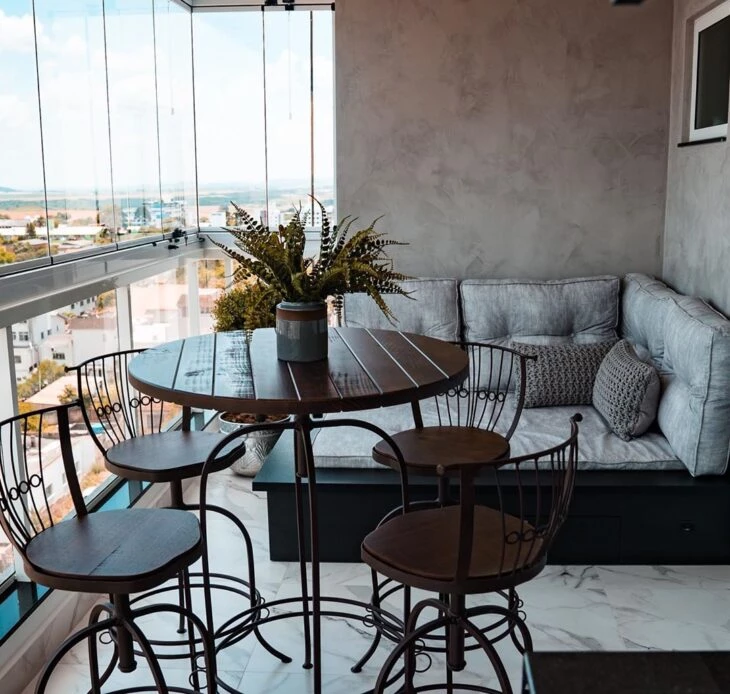
43. explore the variety of effects to create a different room
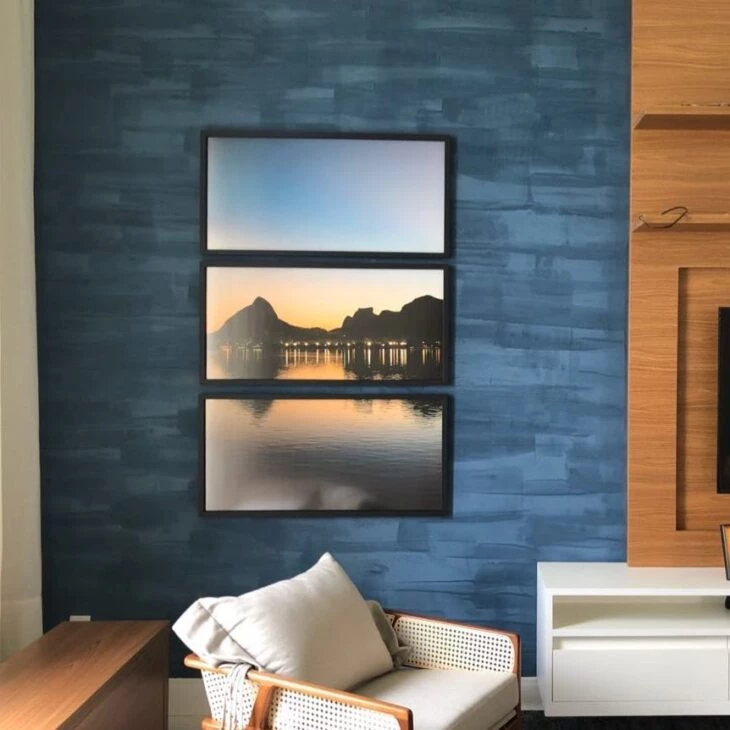
44 Use sparingly indoors
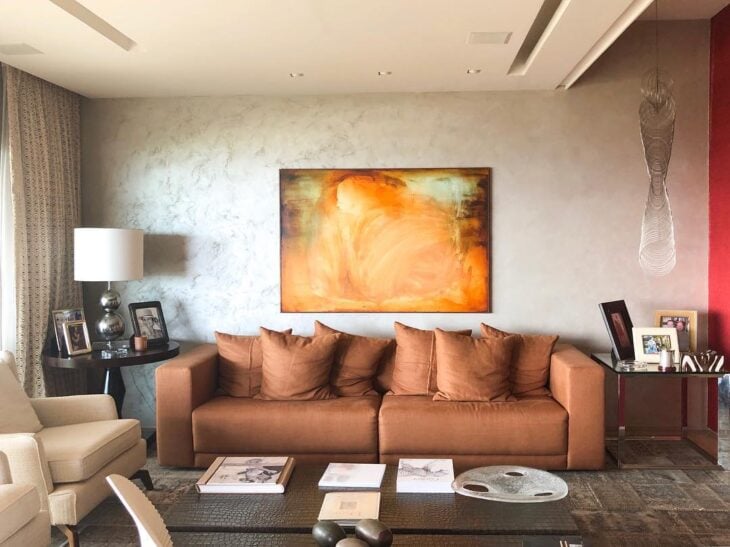
45 The marble brings the appearance of marble
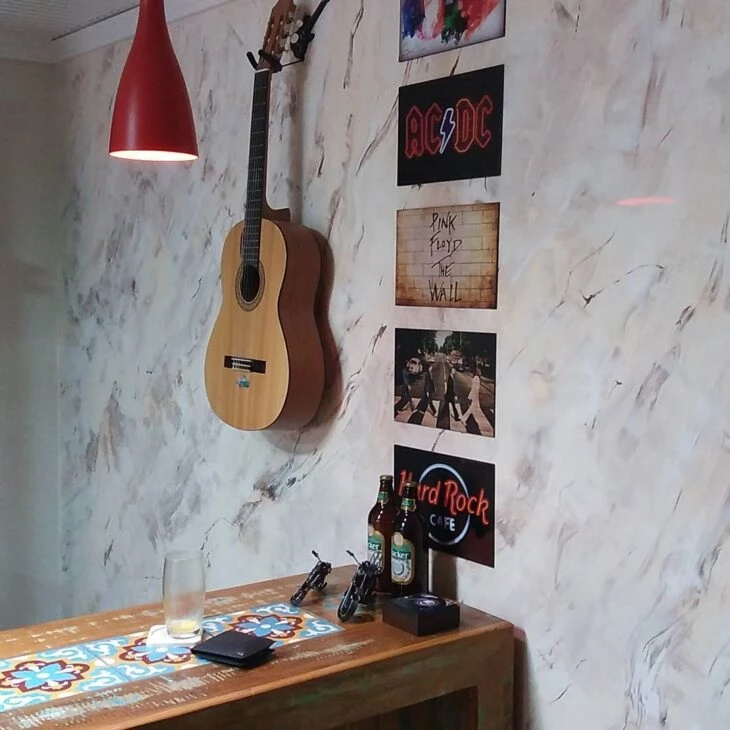
46. and it is an elegant wall texture for a small room
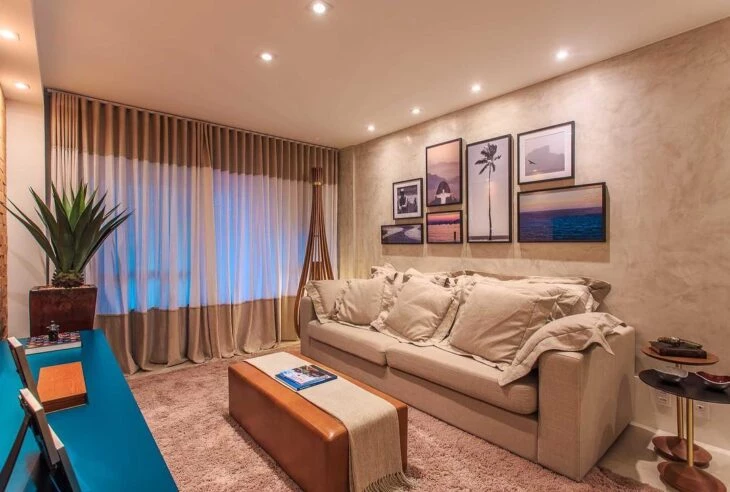
47 - A way to make the external area full of charm
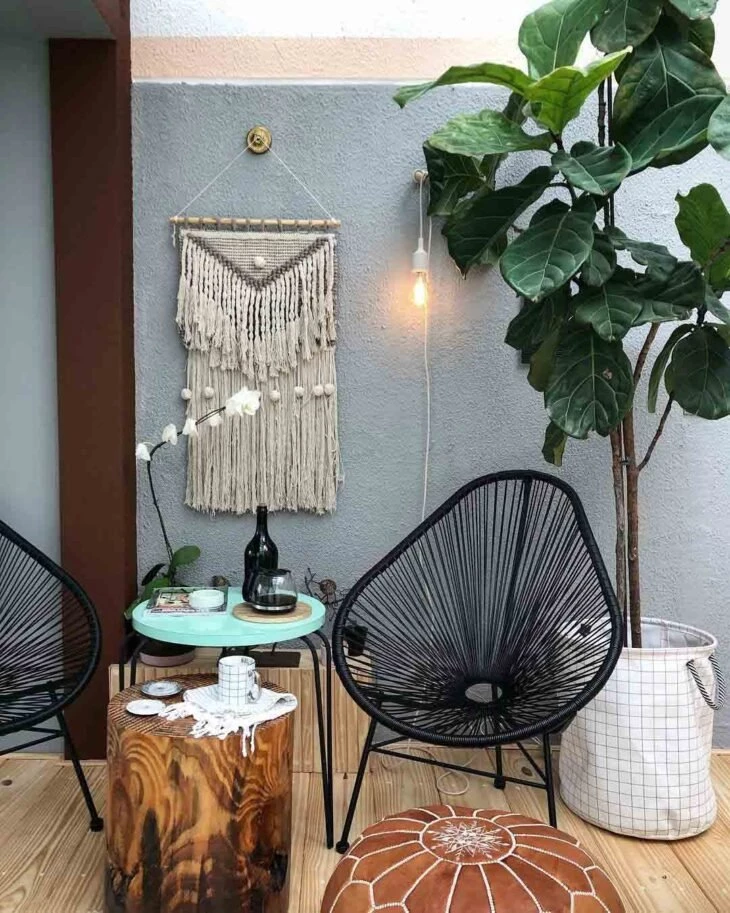
48. and add a special element to the decoration
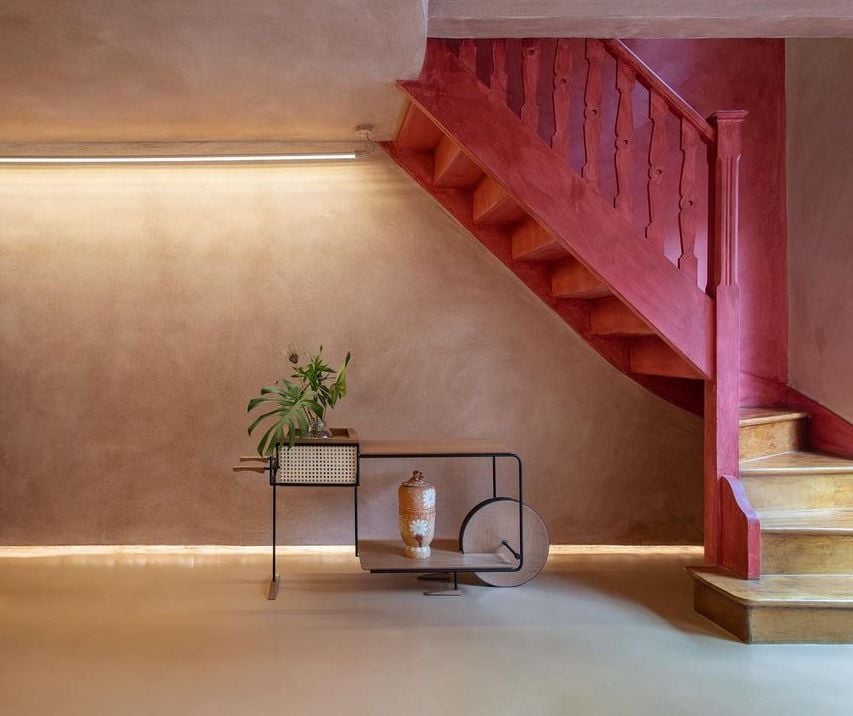
49. a texture on the wall makes the room even more beautiful
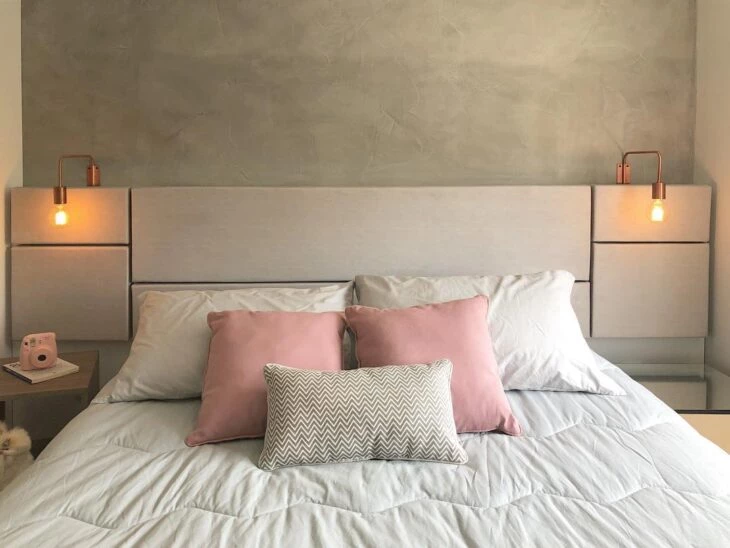
50. a mixture of patterns can surprise in an environment
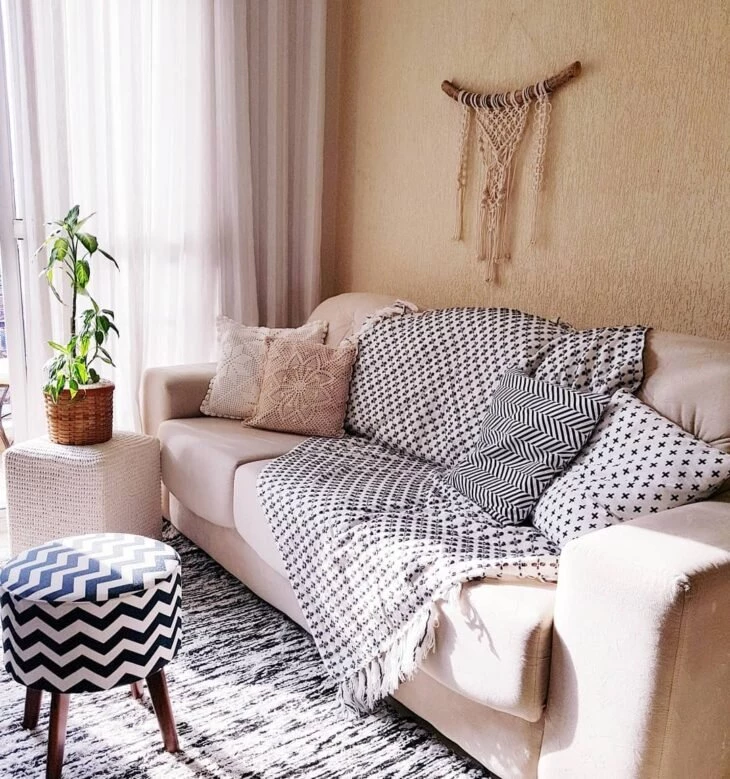
51. take the opportunity to dare with effects in the bathroom
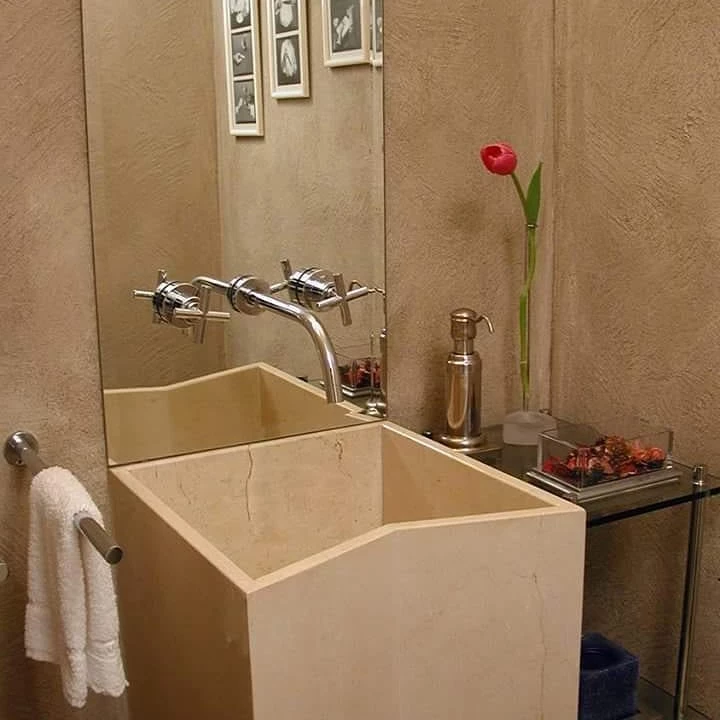
52. or in a composition with two colors
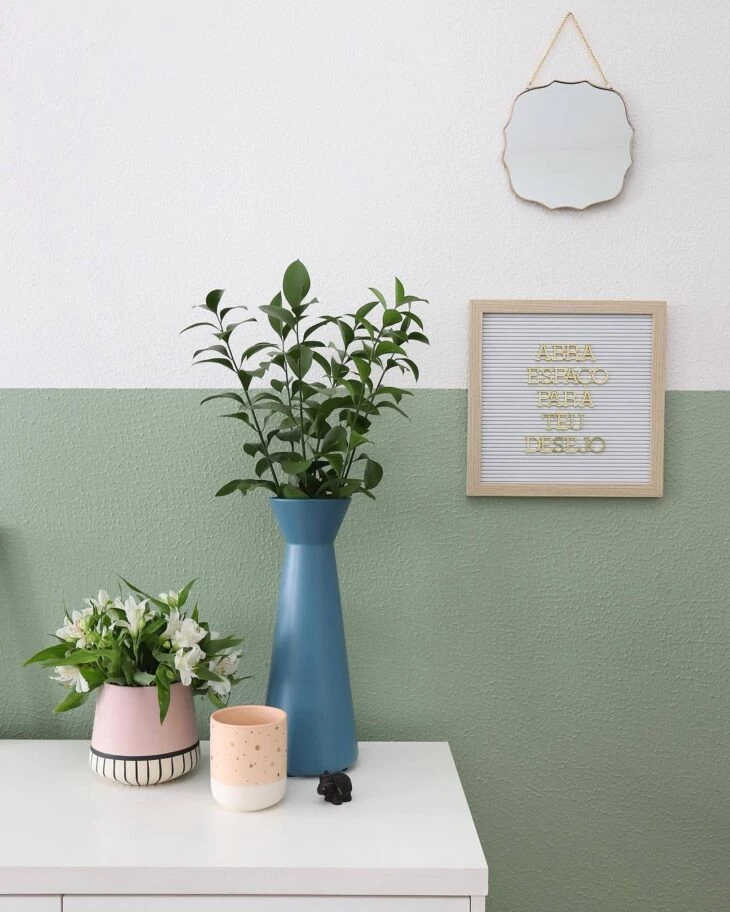
53. textured walls can be decorated with paintings
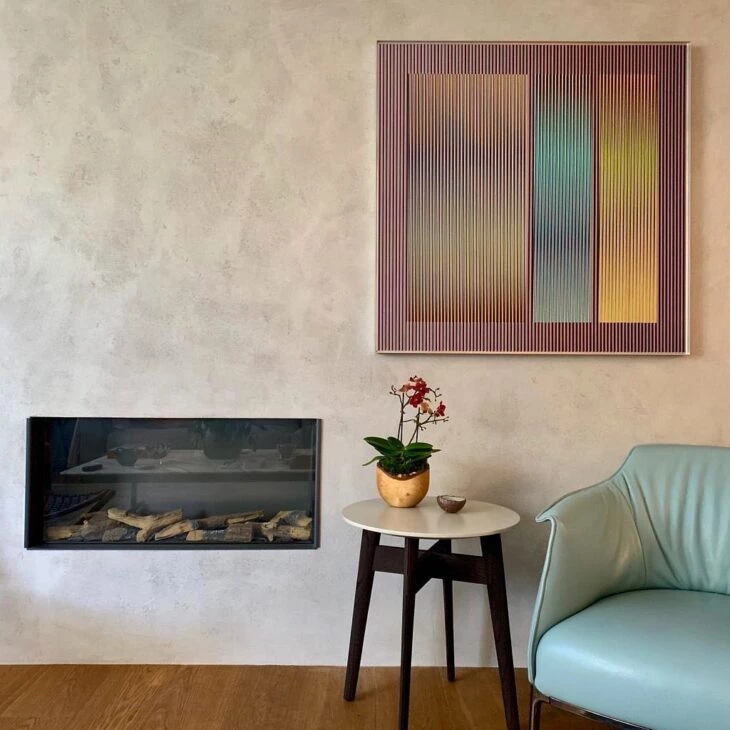
54 A simple way to beautify the walls

55. a sophisticated detail for the space
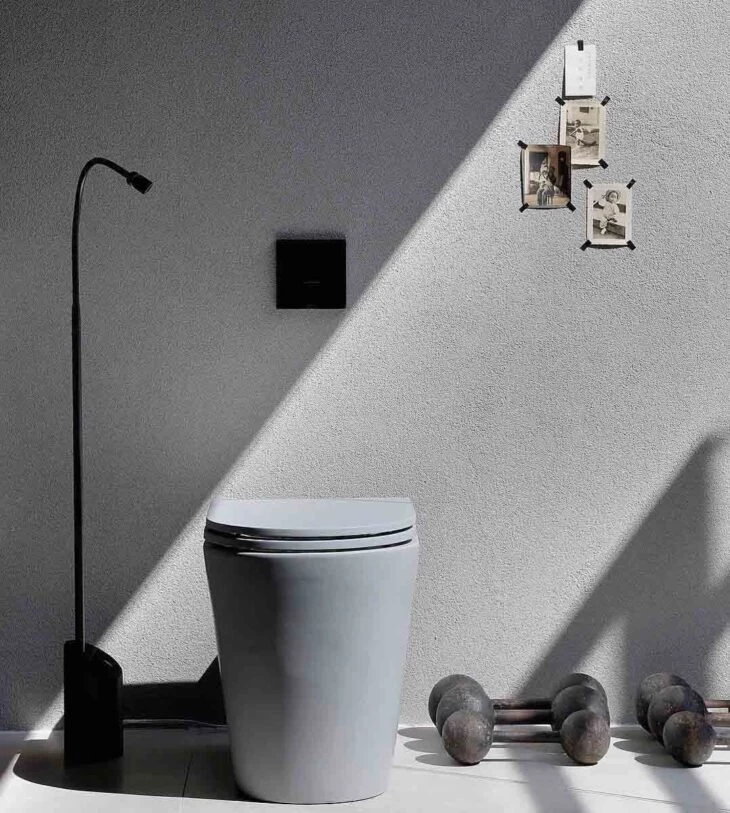
56 - Give life to a dull wall in the room

57. ensure a beautiful and durable appearance for the exterior of the house
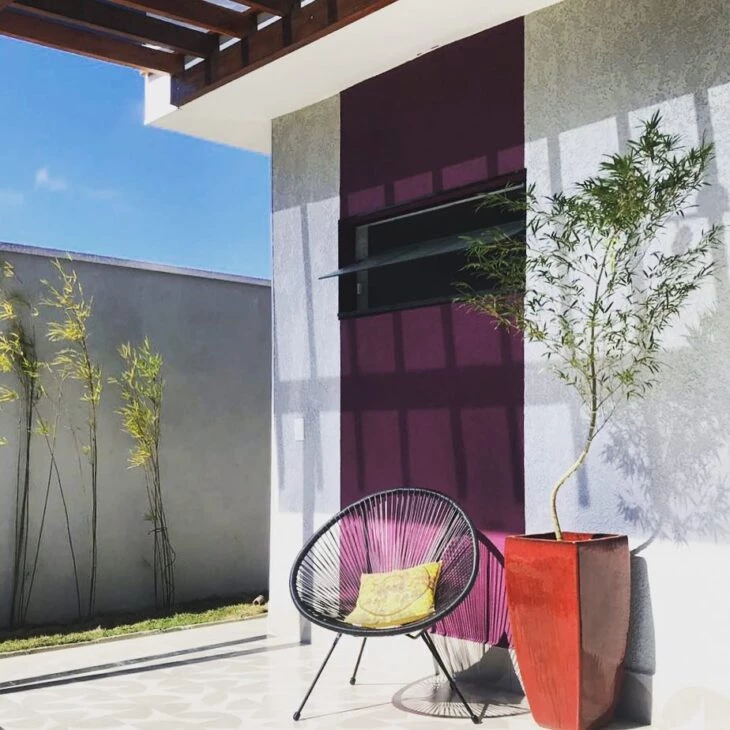
58. texture complements the gourmet area very well
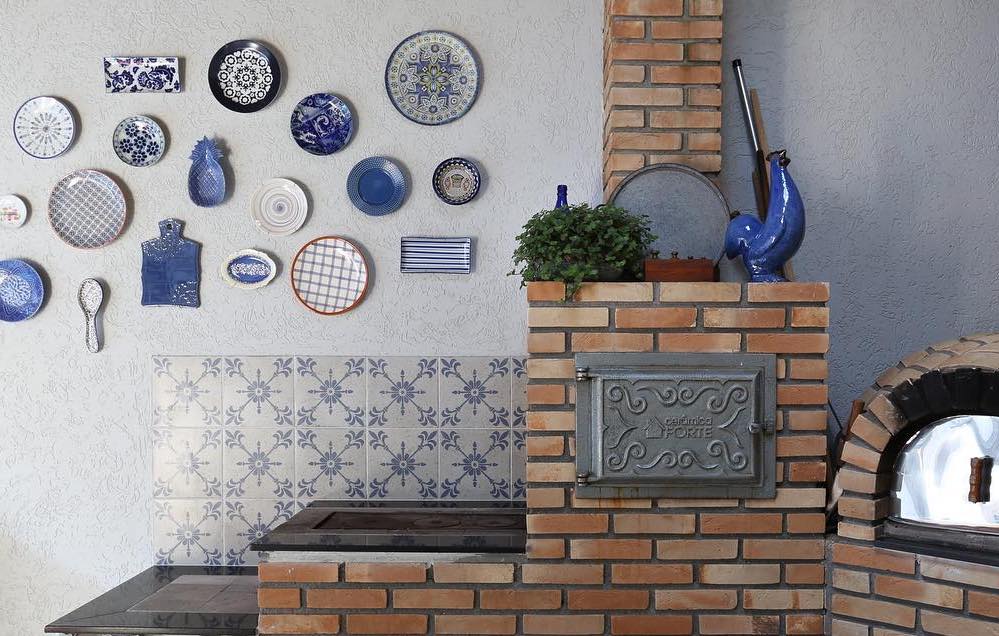
59. well planned lighting makes the difference
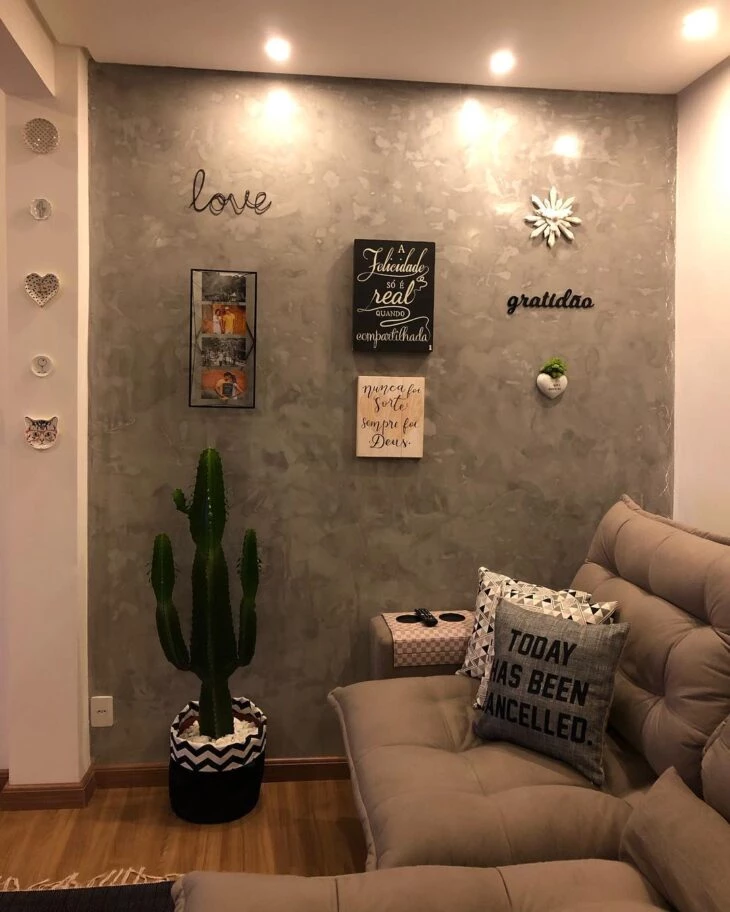
60 The use of projected texture is recommended for outdoor areas

61. softness that enchants in the dining room
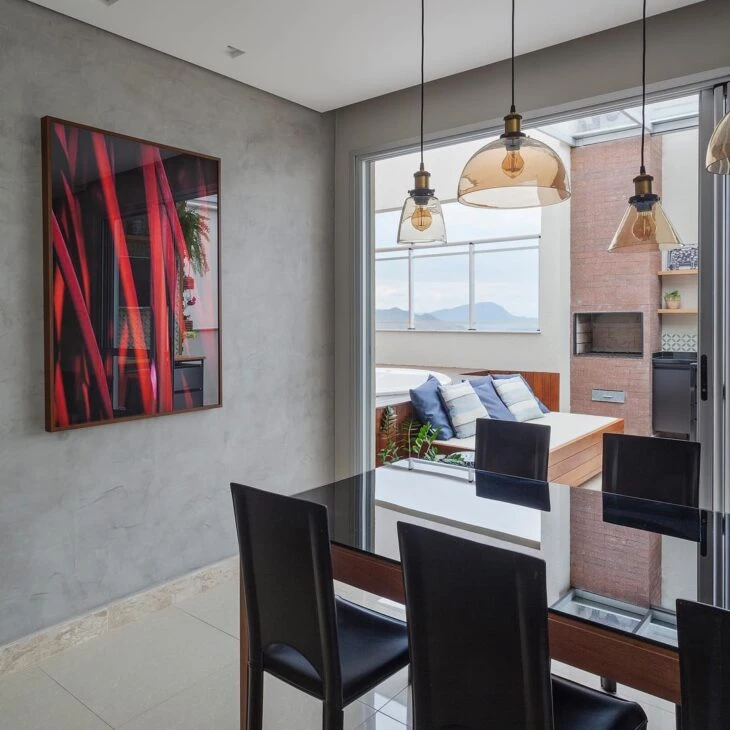
Combine with other tiles, such as decorative stones
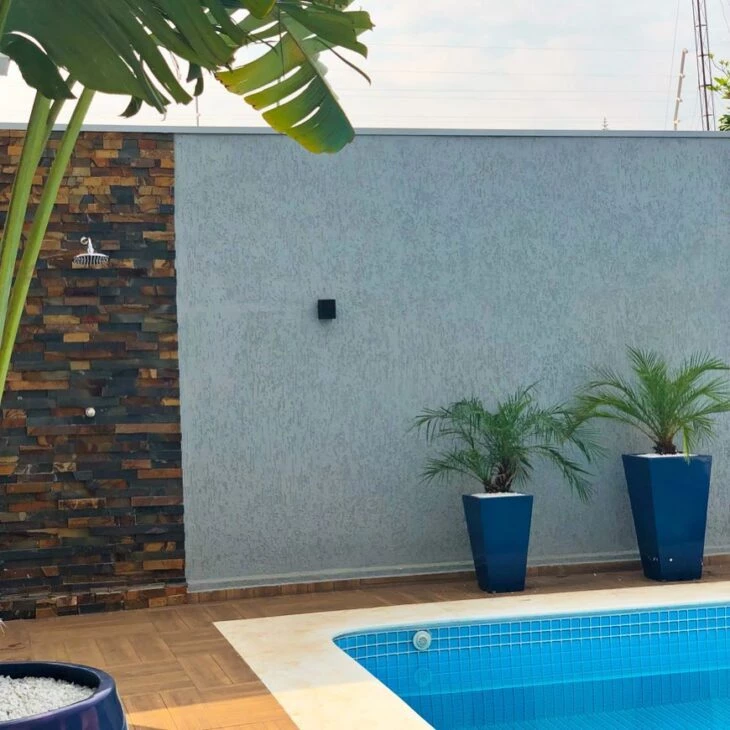
63. ideal for an elegant facade
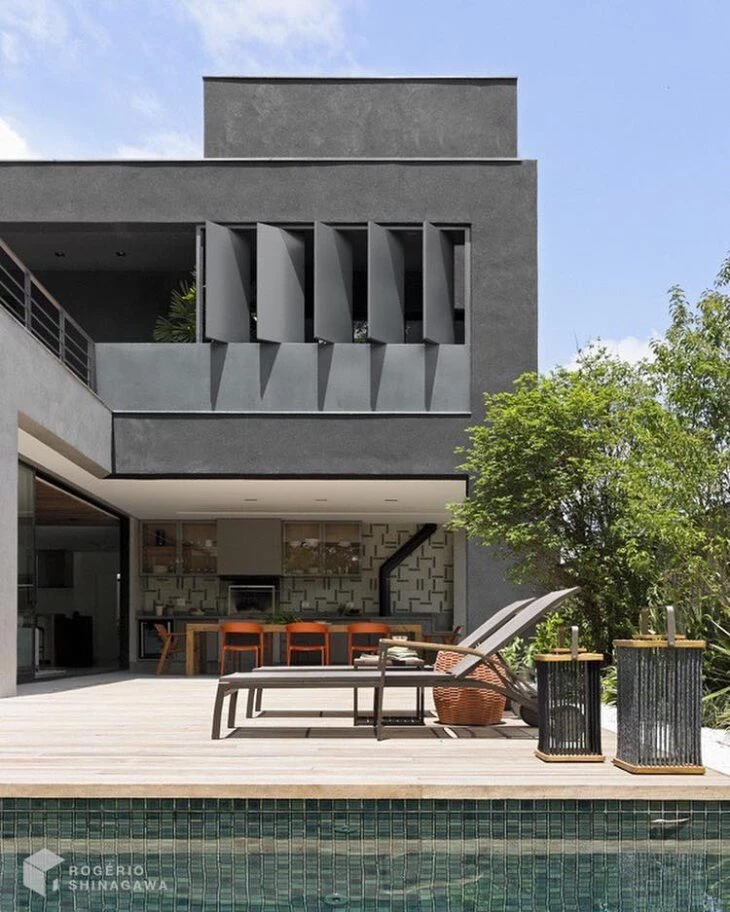
64. and to give more prominence to a wall with boiserie

65. use a cheerful color for the balcony
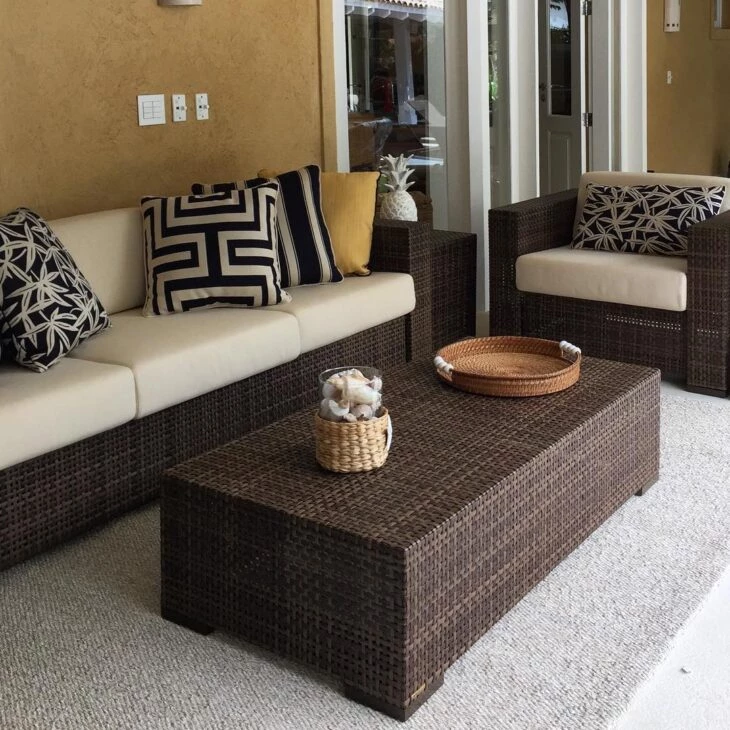
66. the effects gain more prominence with lighting
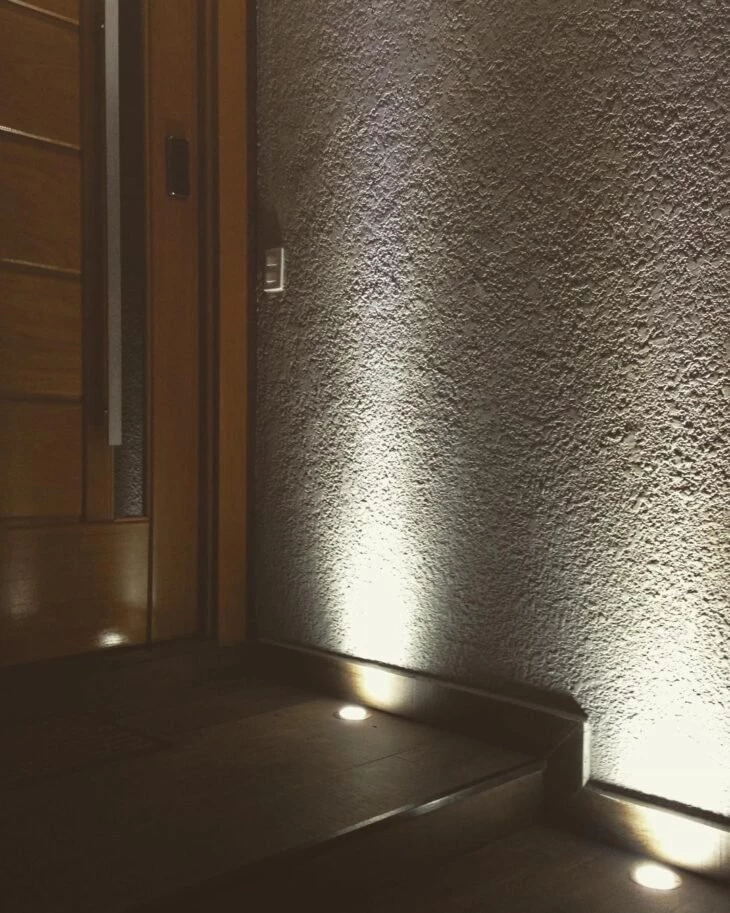
67. an option for the most varied styles

68 The texture can be used on only one wall
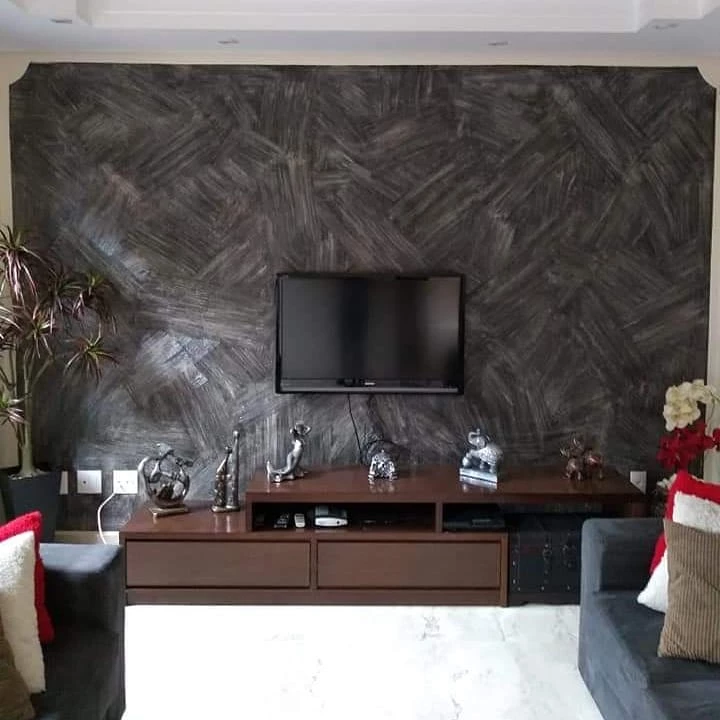
69 Combining several colors in the same space
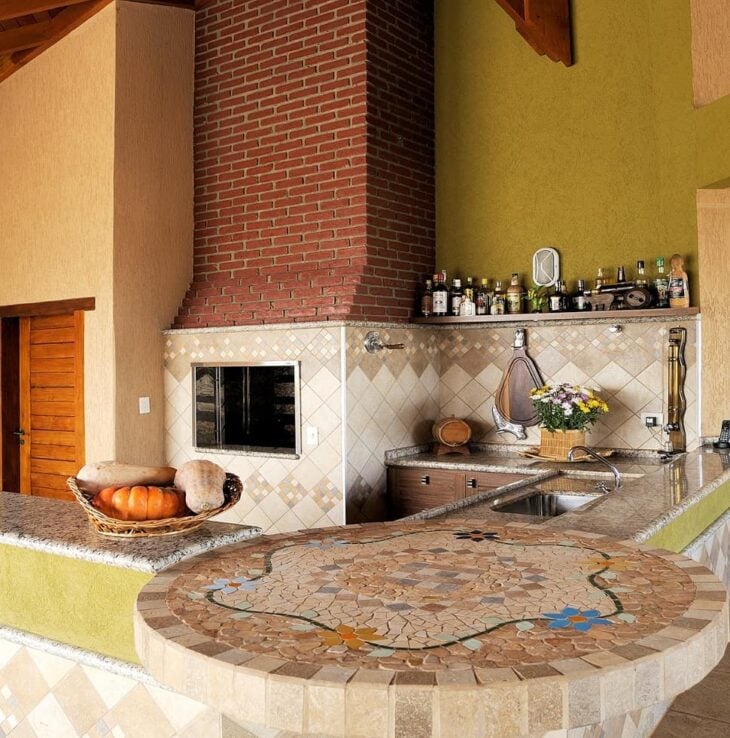
70. or be used for an entire environment
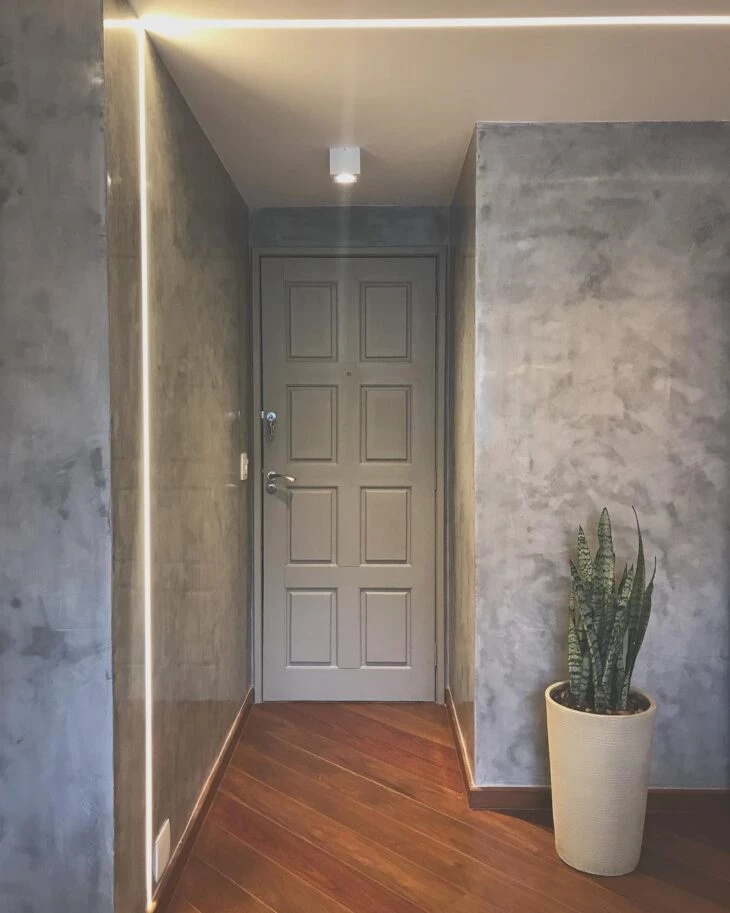
71 To avoid overdoing it on the facade, use effects with neutral colors
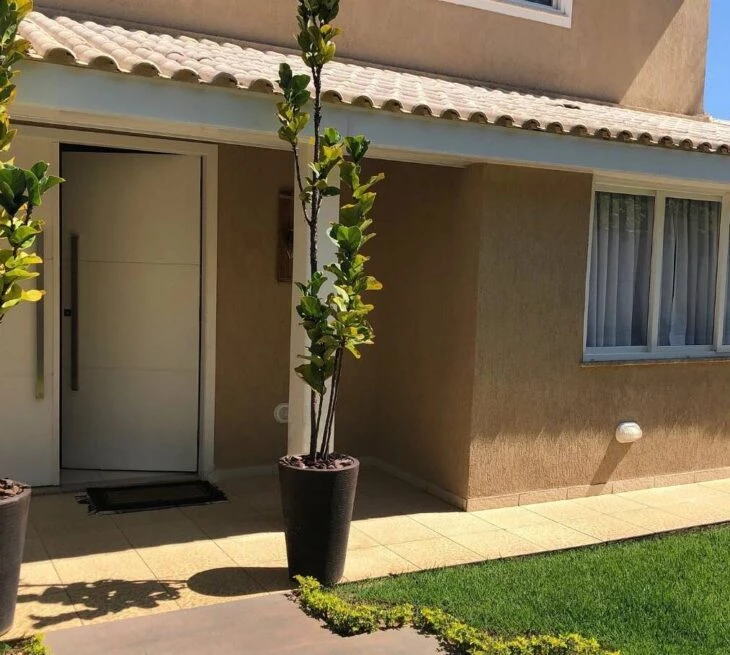
72. a good way to dare in the decoration
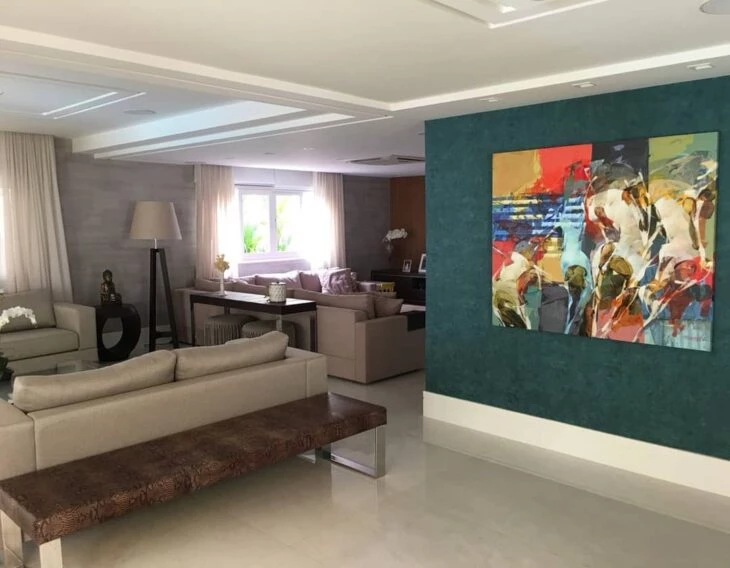
73 - To make the room more modern and jovial
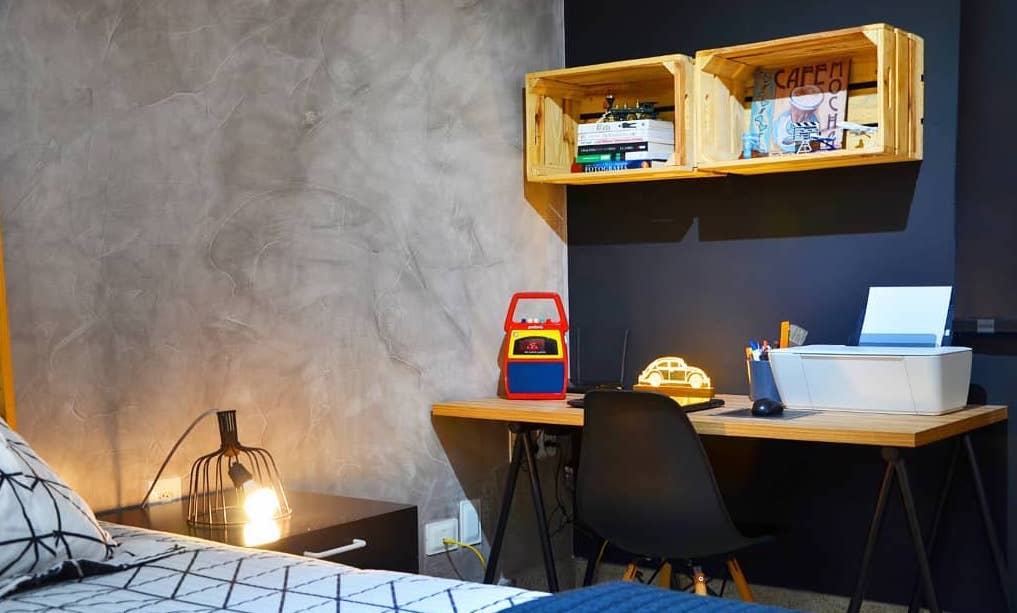
74. also pay attention to the barbecue area

75. the effects can be made in several colors

76. dynamism and beauty for the wall behind the sofa

77. a textured wall can make a difference in the space
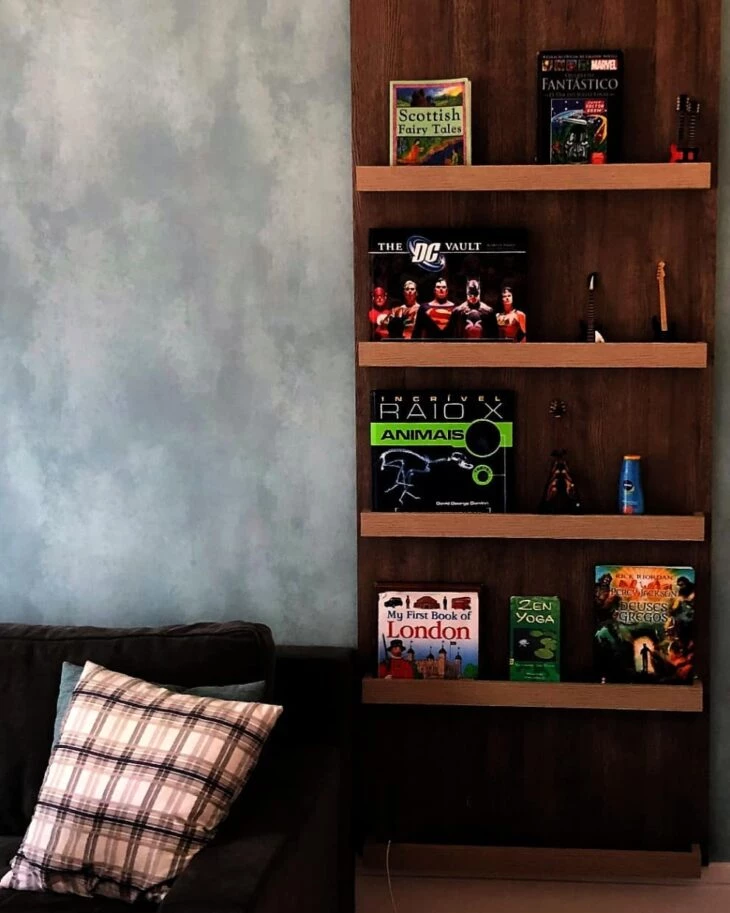
78 - Explore a composition with contrasts
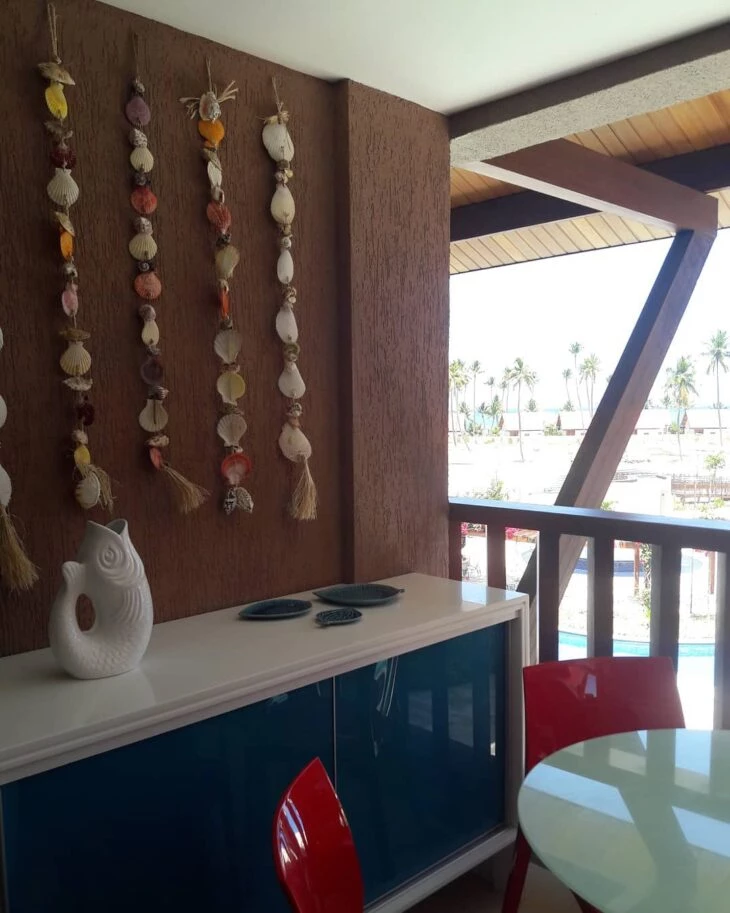
79 The marble gives a sophisticated air to the environment
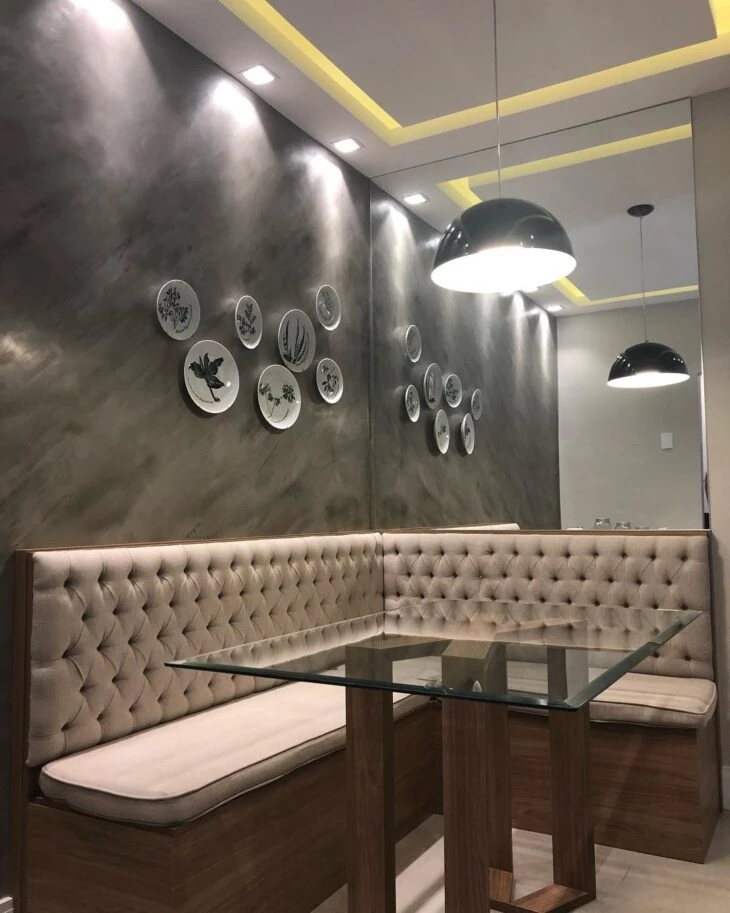
80. explore the different textures in your environment
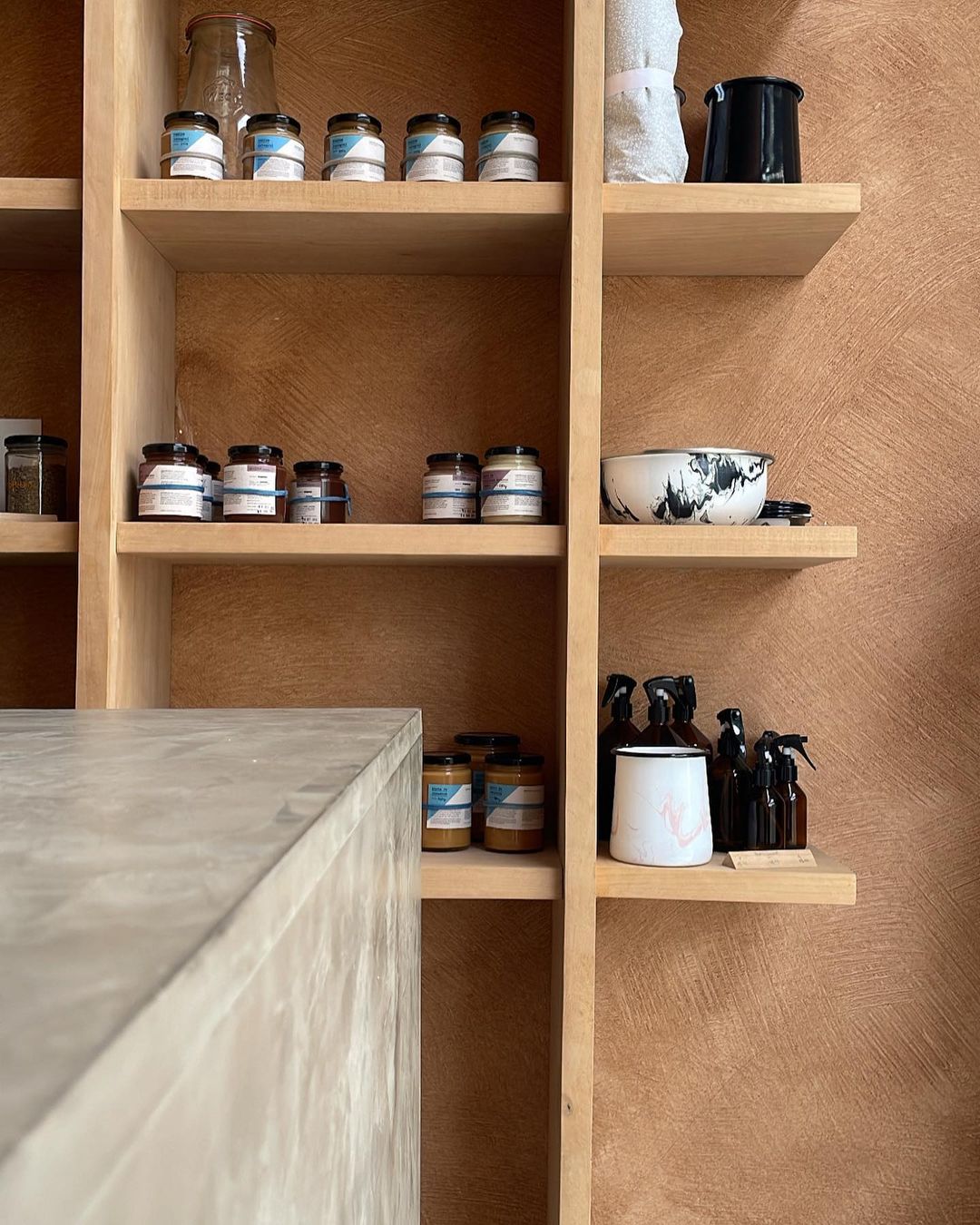
Textured walls are a great way to get out of the obvious and give a new look to any room in your house. After getting inspired by several ideas, see also the main types to choose your favorite style.
Types of Wall Textures
Learn more about the particularities of each type of texture and its main advantages with information and tips from Ana Clara Miranda, architect at Mind:
With roller

About this type of texture, the professional explains that it is the one made with a roller with reliefs, drawings, or geometric shapes, and adds that it is used in internal environments. As for the price, Ana Clara says that "it varies according to the paints and type of roller chosen, but it is not an expensive method and leaves an interesting aspect.
With putty
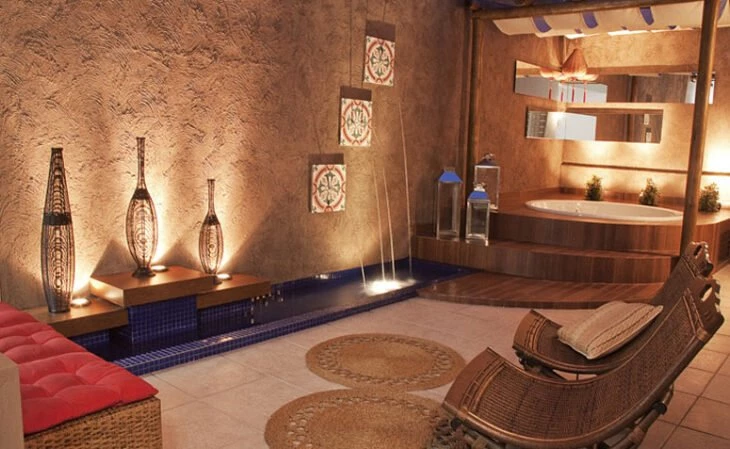
According to the architect, this type of texture is made with putty and a spatula or putty for texture and a trowel to form the desired design, such as a striped or checkered pattern. Ana Clara says that, most of the time, this texture is used indoors and after application it is possible to use any color of paint to finish. She highlights as an advantage the lowcost, since the materials used are simple.
Graffiti
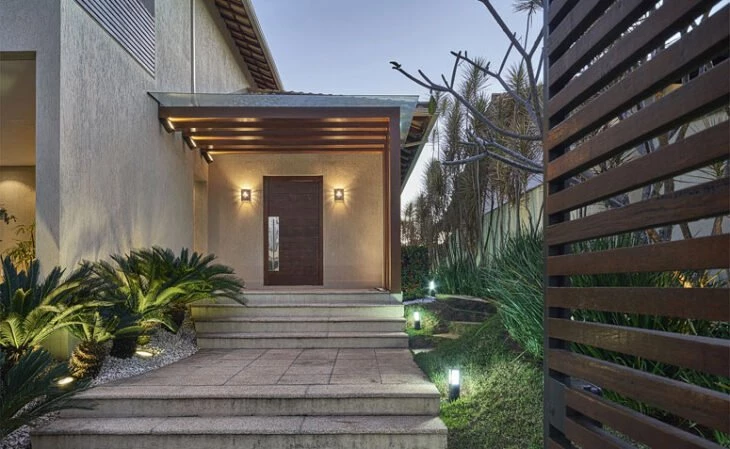
Graffiti is used in indoor and outdoor environments. Ana Clara explains that this texture "can be done in any color and gives an air of elegance to the environment with vertical or horizontal drawings. According to the professional, this coating is water-repellent and, therefore, highlights its use in very humid regions. With respect to the cost, the architect says it is "low, considering the wall already sealed andready for application".
Marble
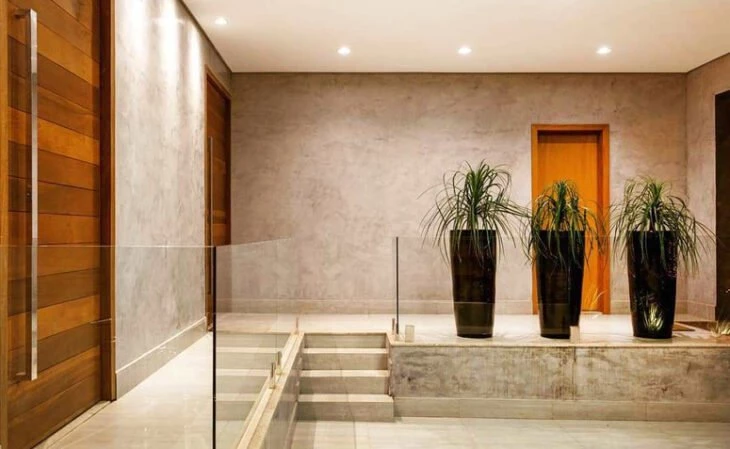
It is a texture that resembles marble and is used in internal environments. Ana Clara explains that "because it needs a straightener, a final polishing and care with the application for the effect to be faithful to the stone, specialized labor is required. Its cost may be a disadvantage for being a little high, but it is much lower when compared to the marble piece.
Engineered Texture

Ana Clara says that the projected texture is "usually used in external environments and has as a result the appearance of flakes". For the architect, its application is more complex and has a higher cost because it requires hiring specialized labor with specific materials.
Burnt cement
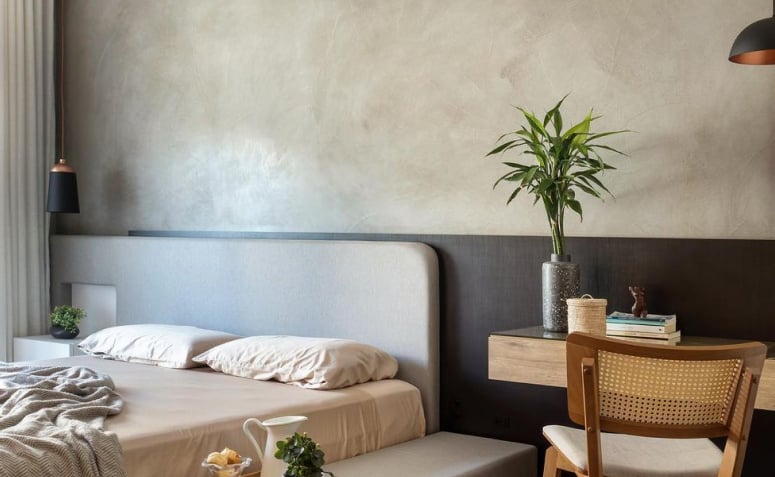
The burnt cement effect is a trend in interior decoration, especially in the industrial style. When done with ready-made textures it is a much simpler alternative option than the traditional method, which requires specialized labor and materials such as cement, sand and water. It is possible to find several brands for the application, which can be done even by you. The result isvery similar and presents a very good cost-benefit ratio.
Textures can be created using many different types of materials, and although each one has a different style, they all present themselves as a simple and economical way to change the look of the walls.
Wall Texture: How to apply
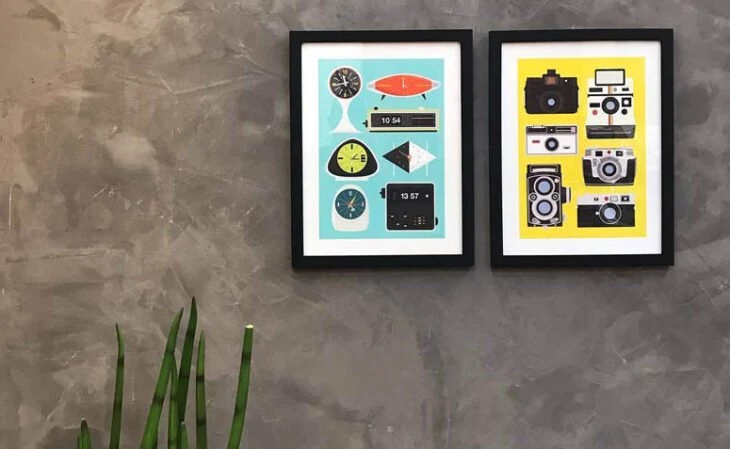
To make a wall texture you don't need to be an expert, but you need to make sure you take some care before any application. And to guide you, the professional Ana Clara suggests some basic materials and gives the guidelines, check it out:
See_also: Canine Patrol Party: 71 theme ideas and decorations step by stepMaterials required
- Flat metal trowel
- Plastic flat trowel
- Spatula
- Paint rollers
- Crepe tape
- Newspaper
- Sandpaper
- Bucket with water and a cloth
Step by step
- To start the application, the walls need to be plastered and leveled, so first sand and repair the imperfections;
- Use crepe tape to delimit the place where the texture will be applied and protect doors and windows; cover the floor with newspaper to avoid splashing;
- Clean all dirt and dust from the application site with the damp cloth. Wait for it to dry completely and with a roller apply the sealing or waterproofing;
- Start applying the texture paste and use the metal trowel to make everything uniform;
- Start the execution of the chosen type of texture. Use a plastic trowel, a spatula or a texture roller to make the desired effect;
- If necessary, finish the finish with a spatula to lower the texture peaks and wait 24 hours for complete drying.
After getting to know a little more about each one and learning how to apply them correctly, all you have to do is follow the guidelines, choose the best texture, and abuse your creativity to customize the walls of your house.


